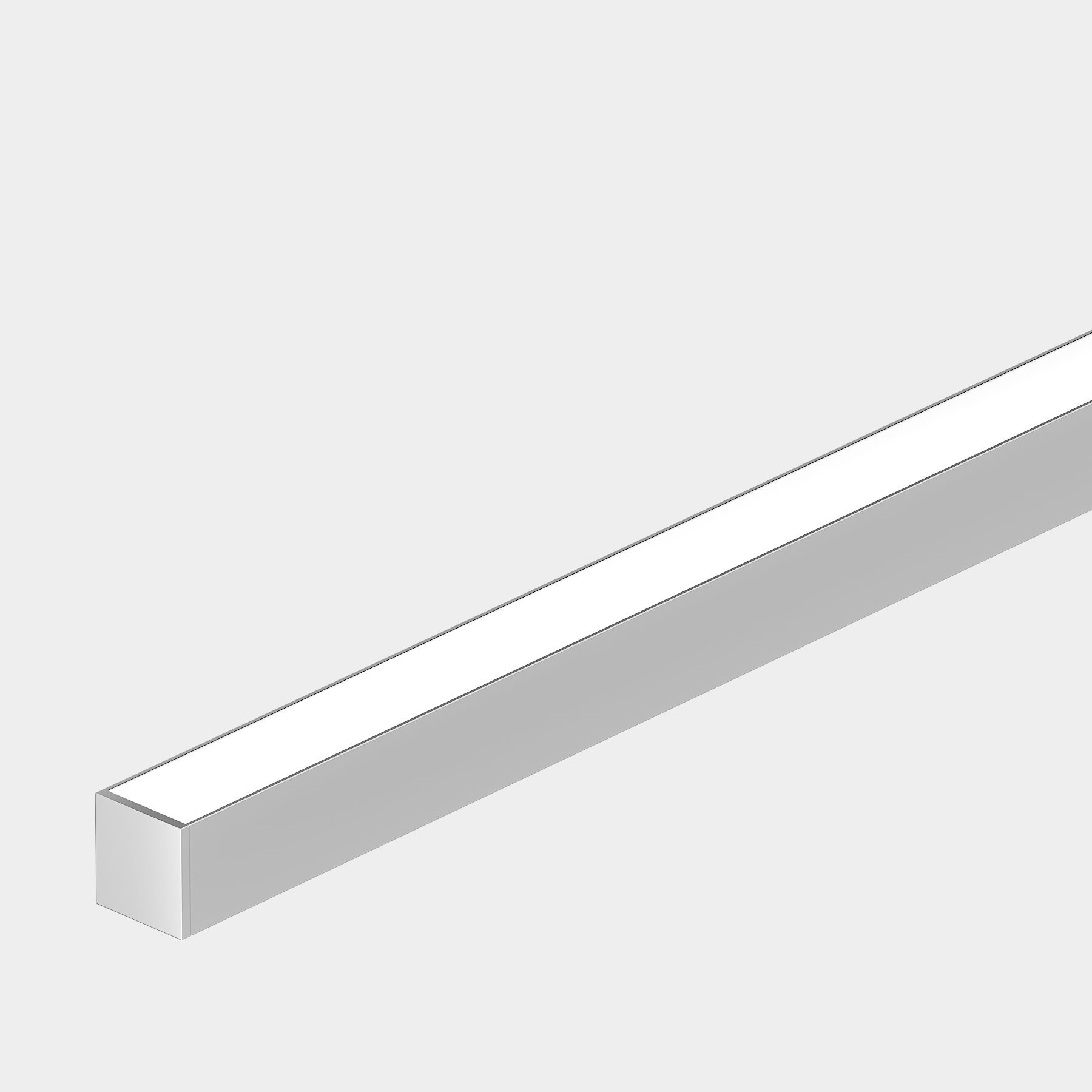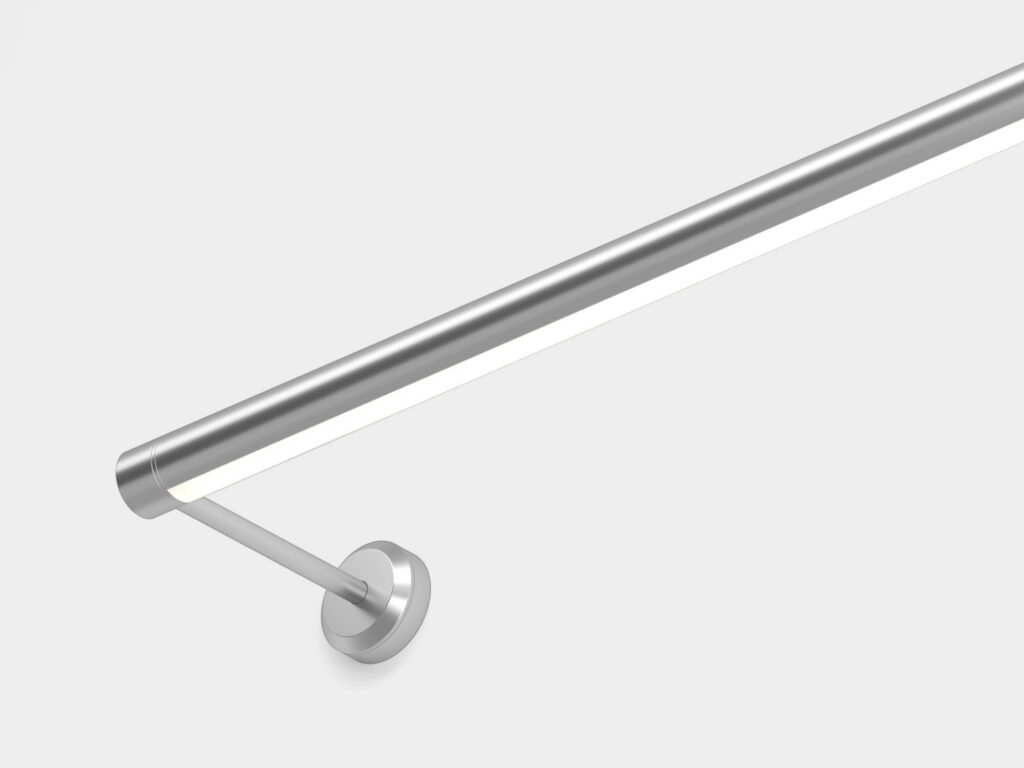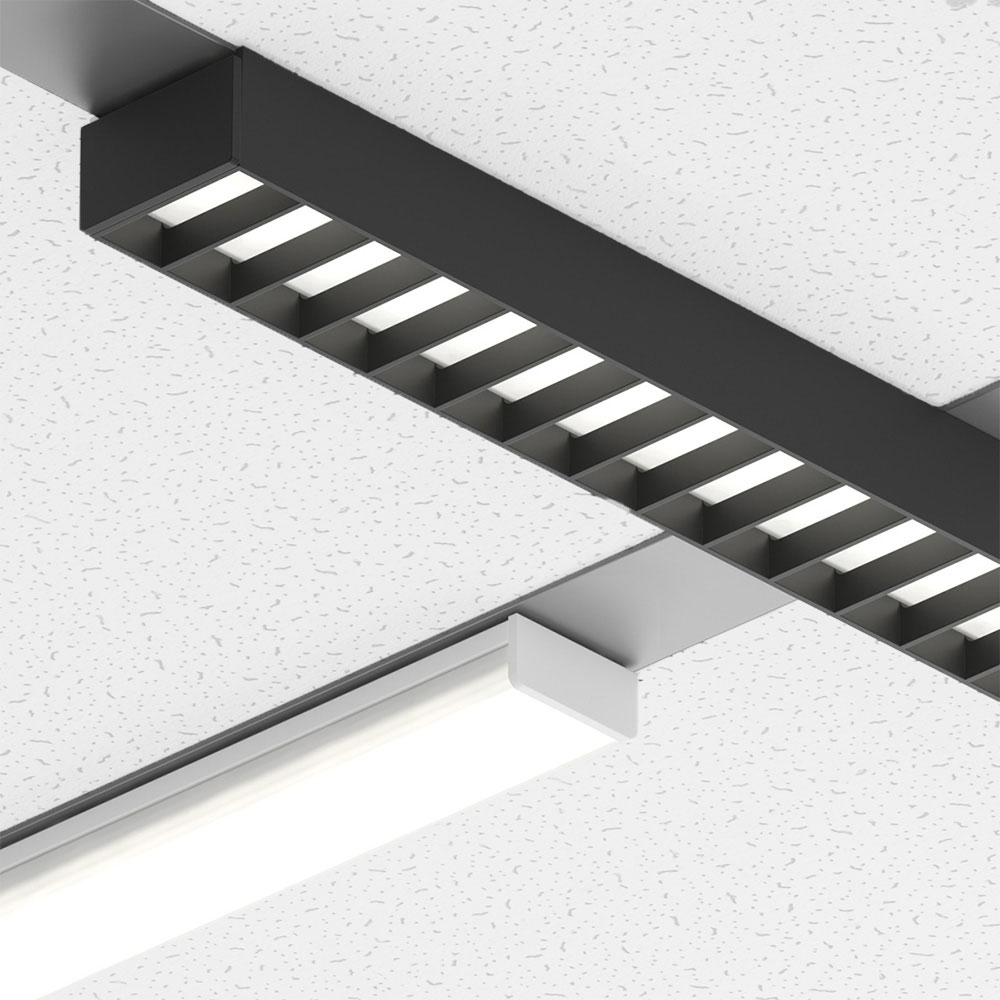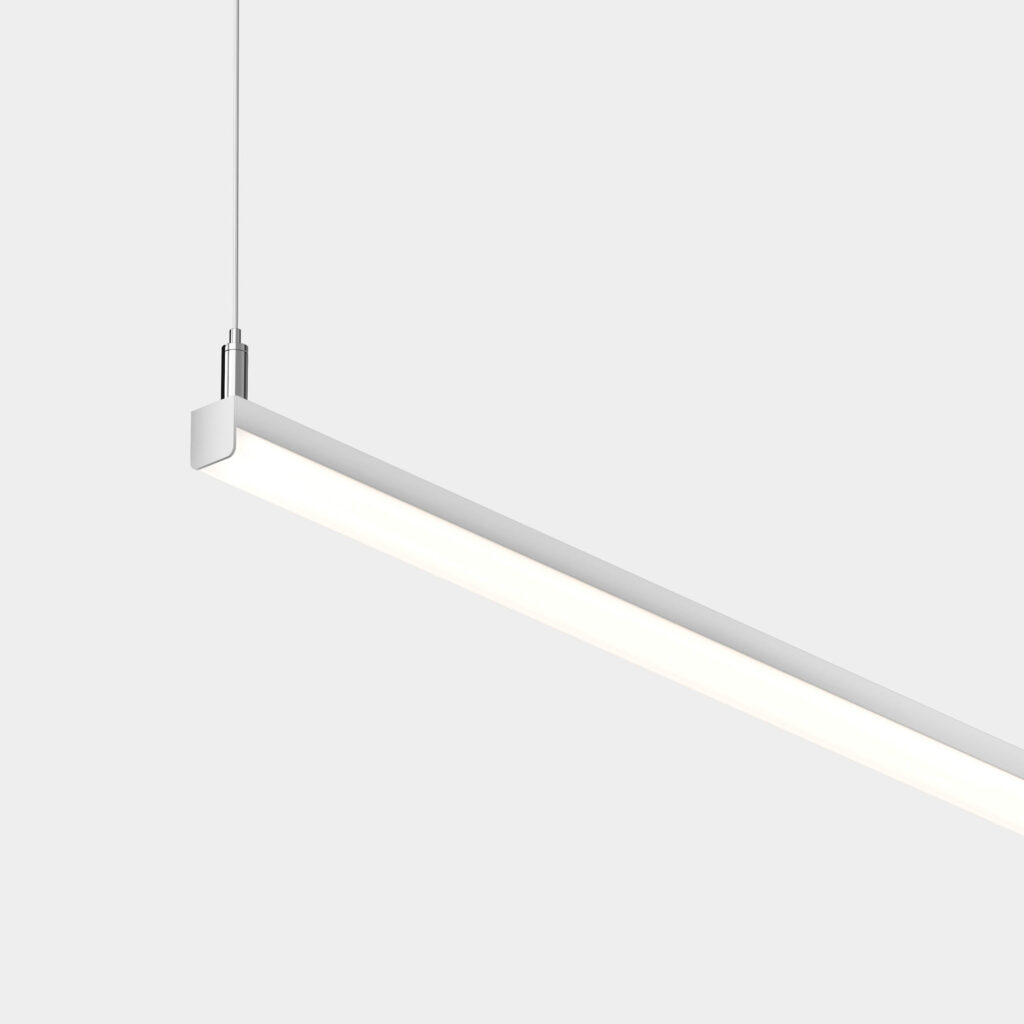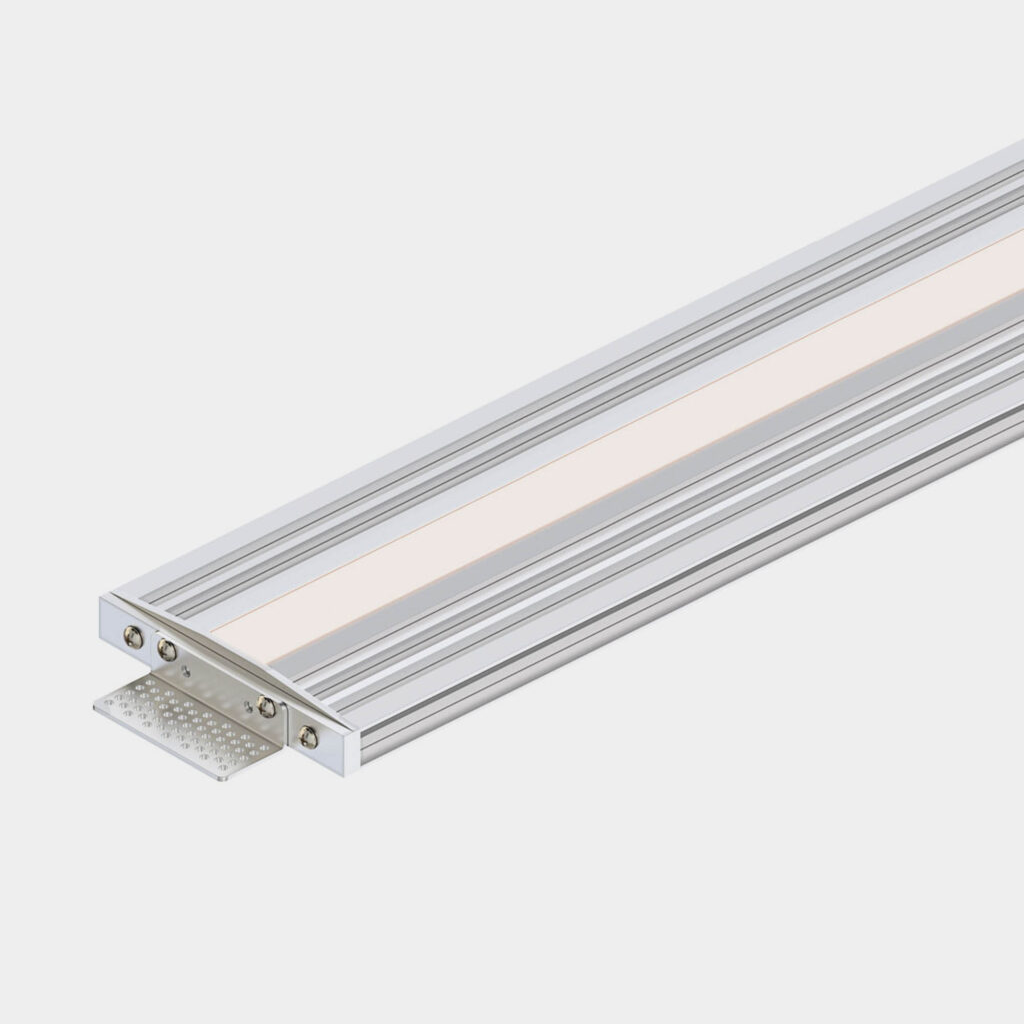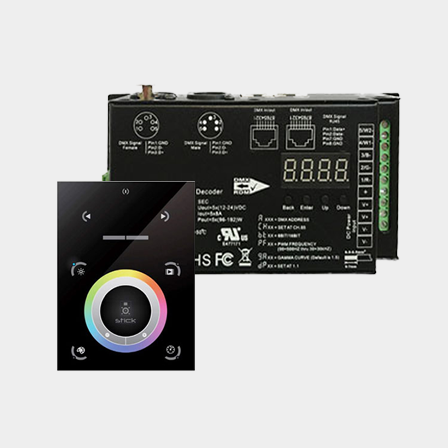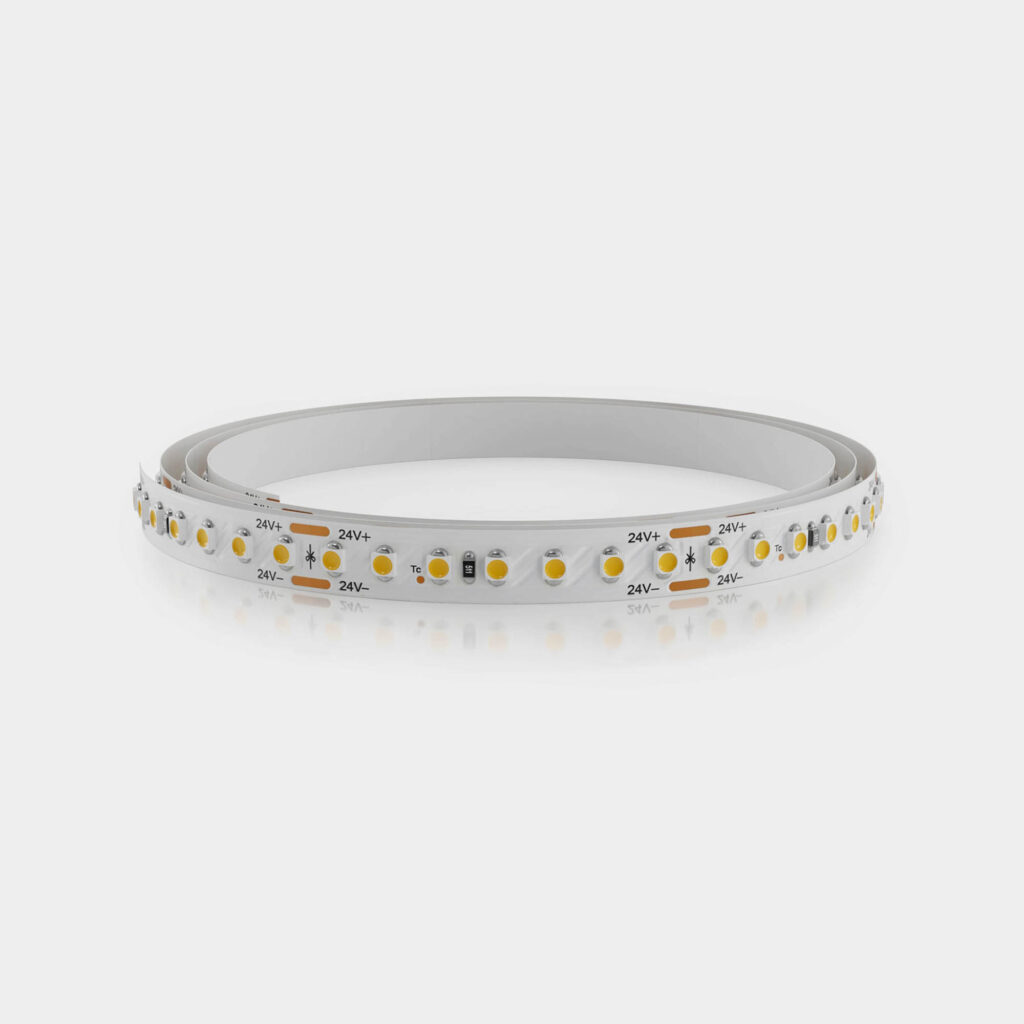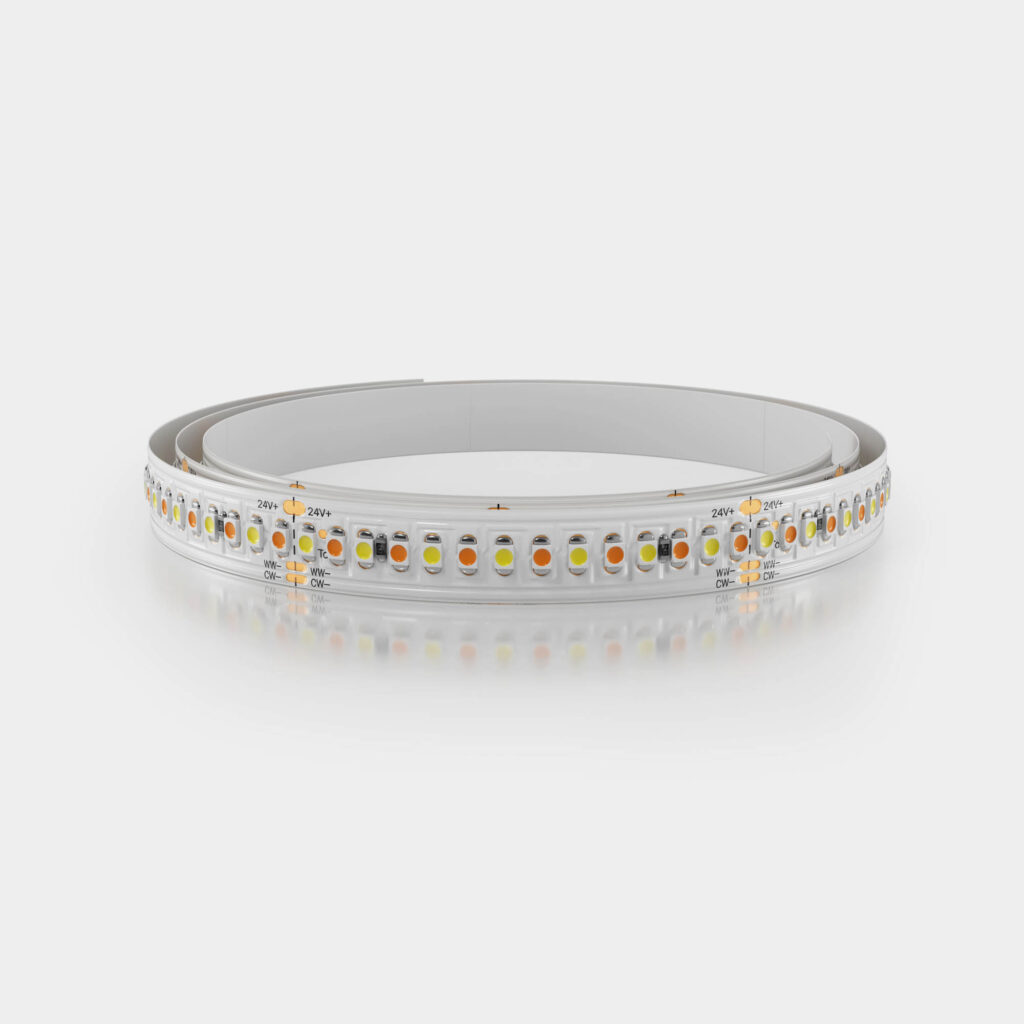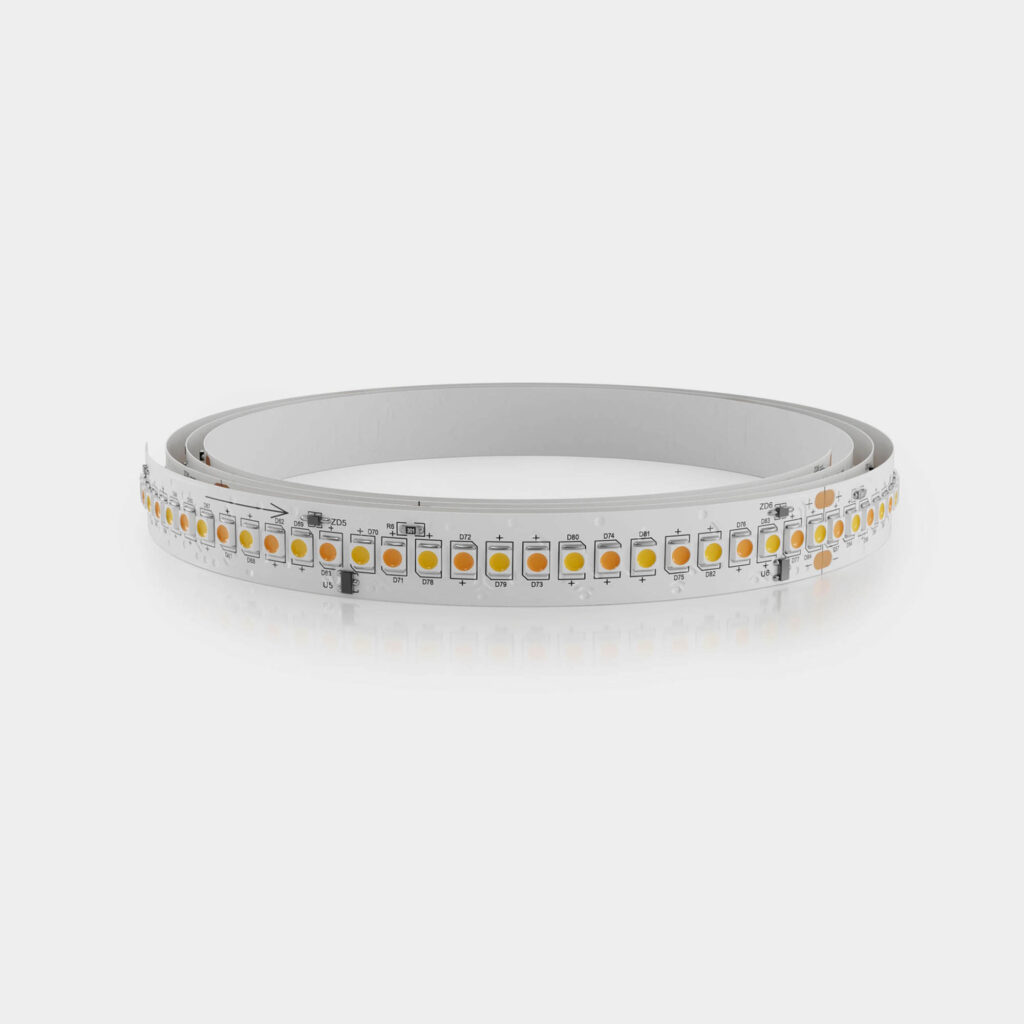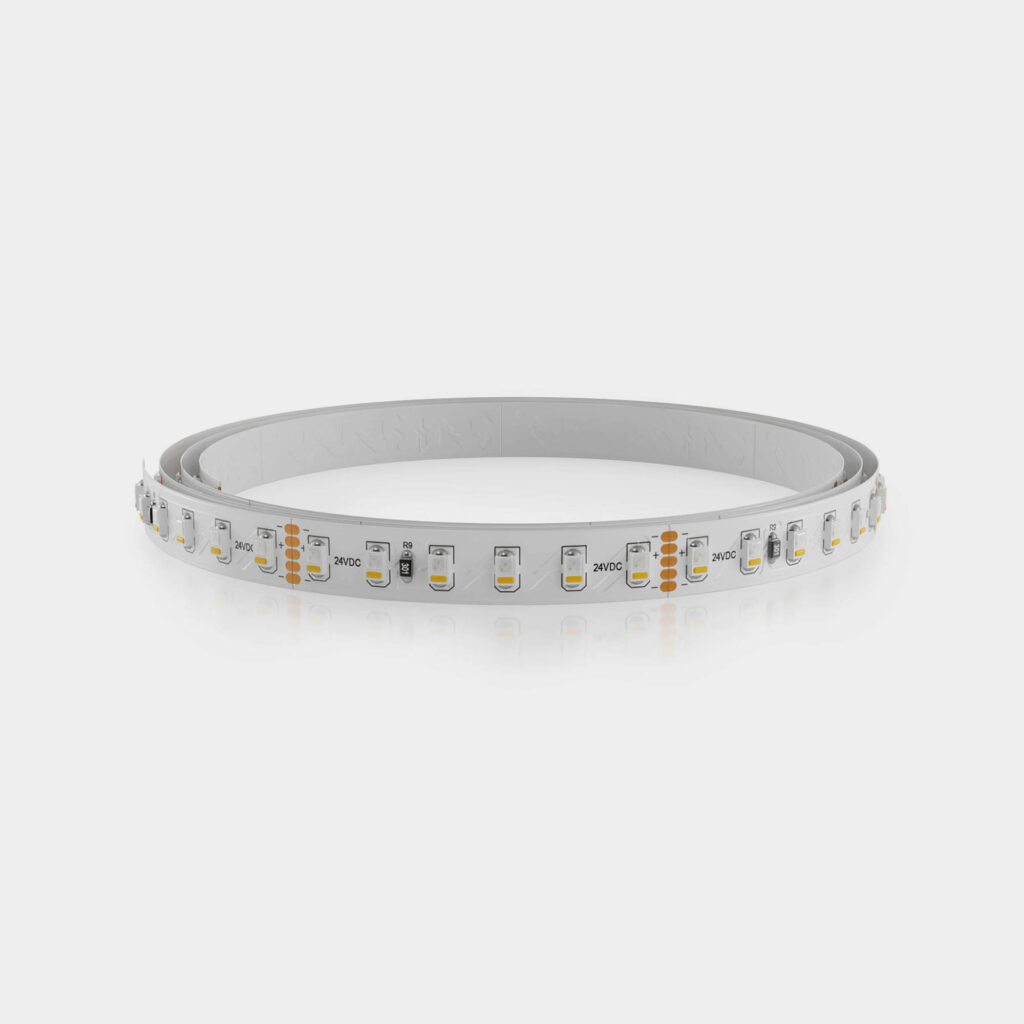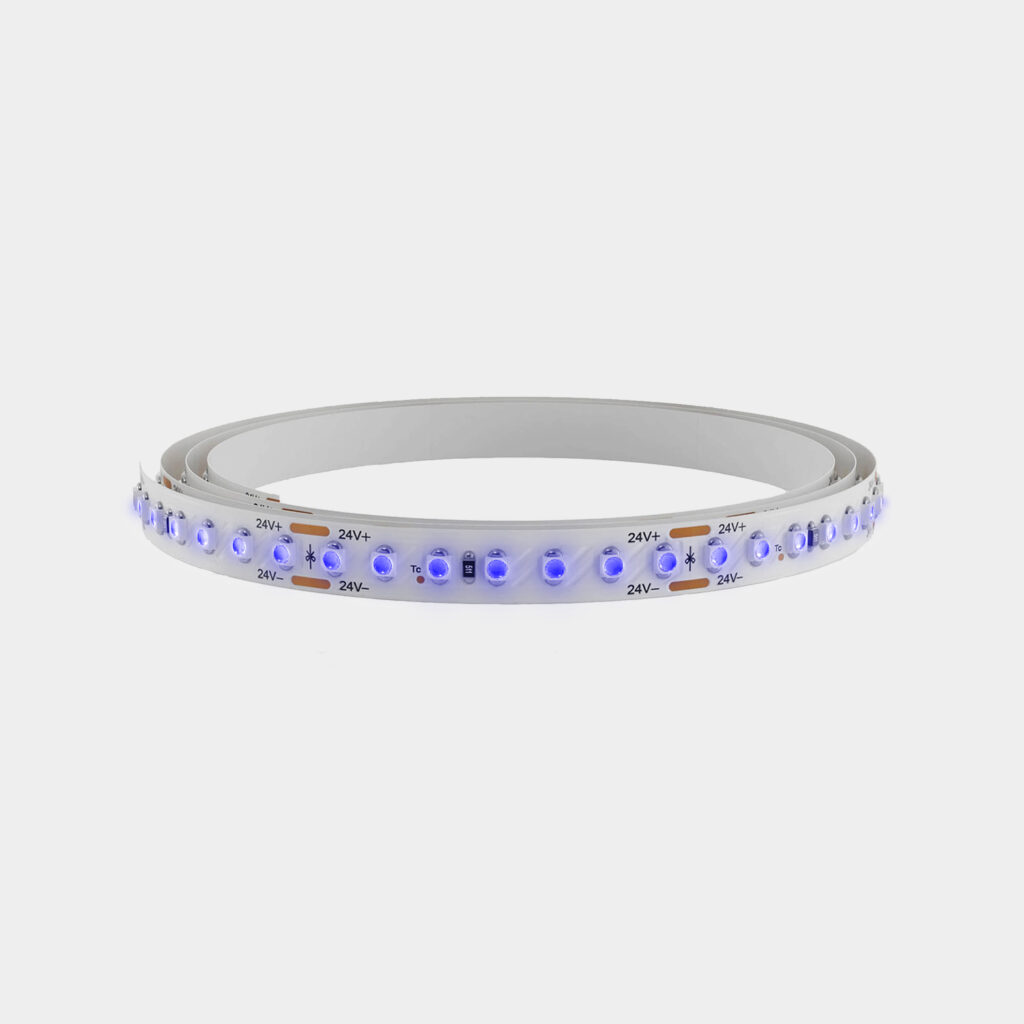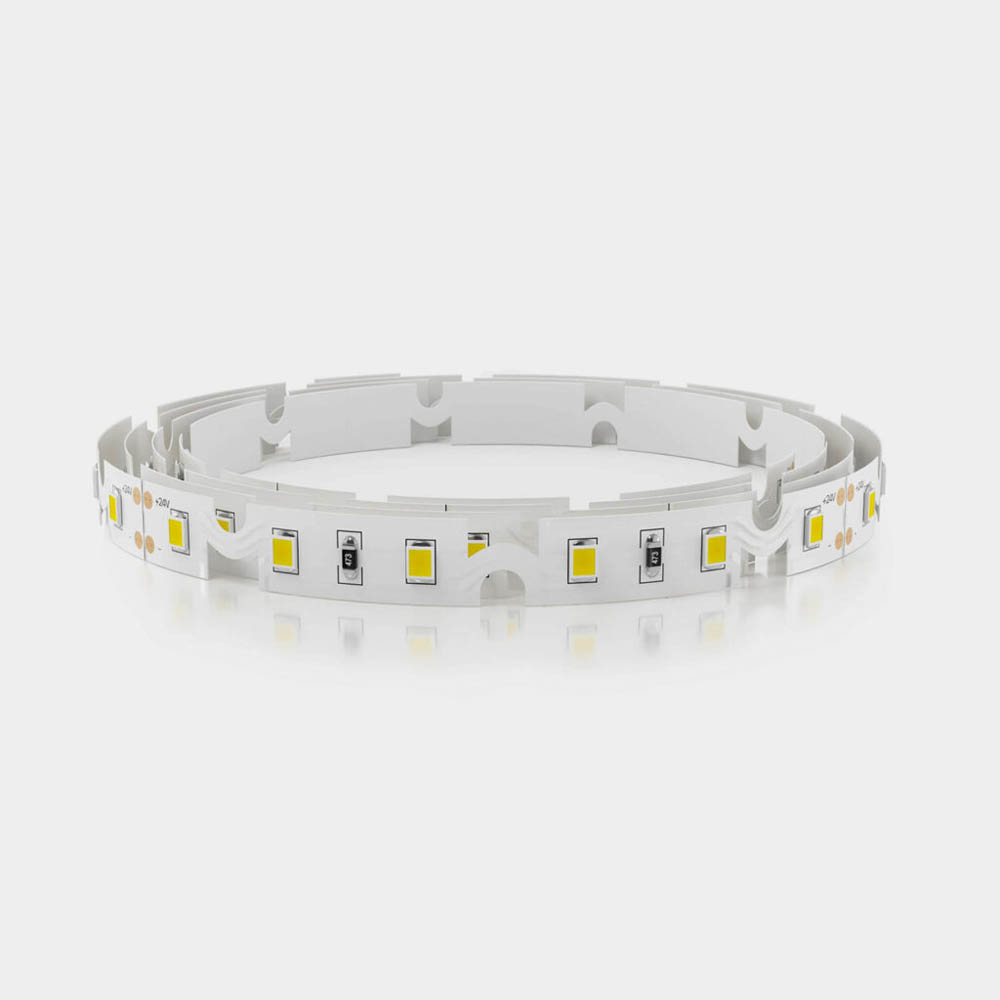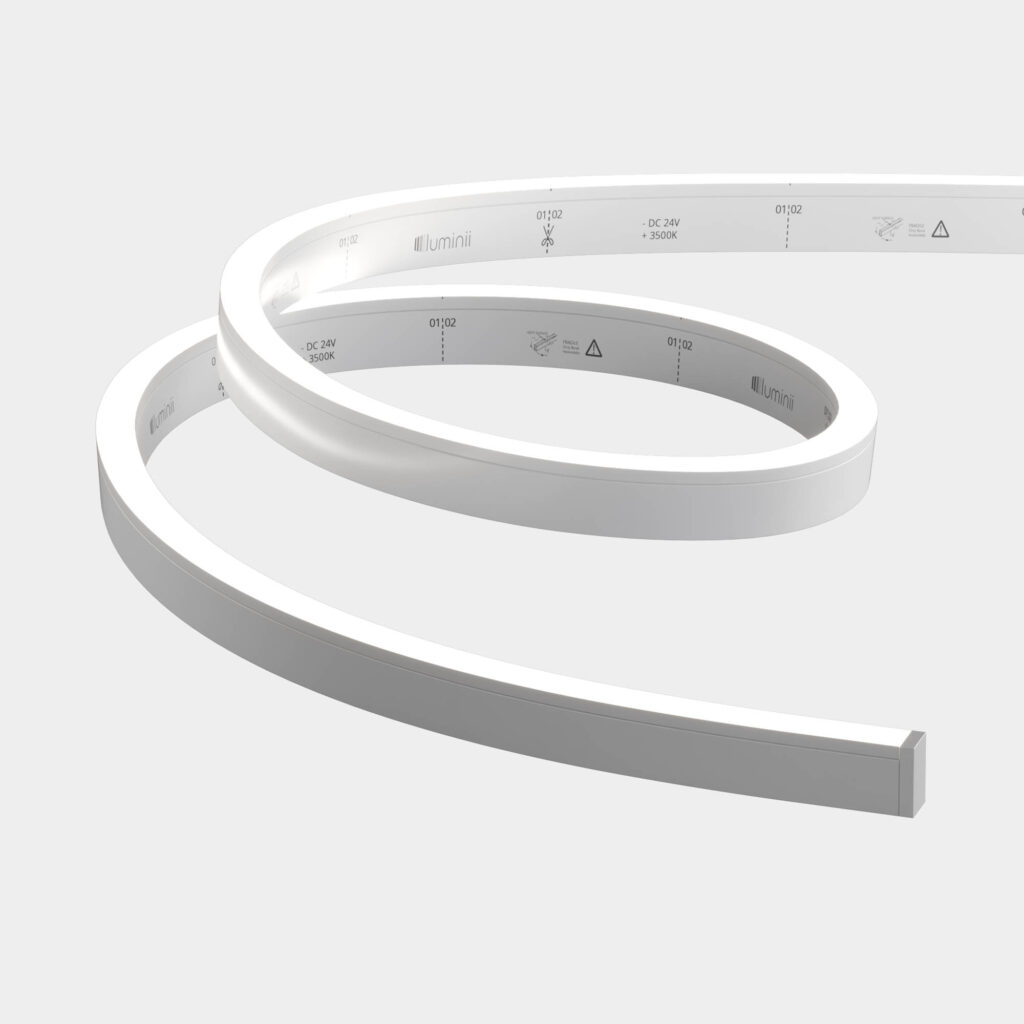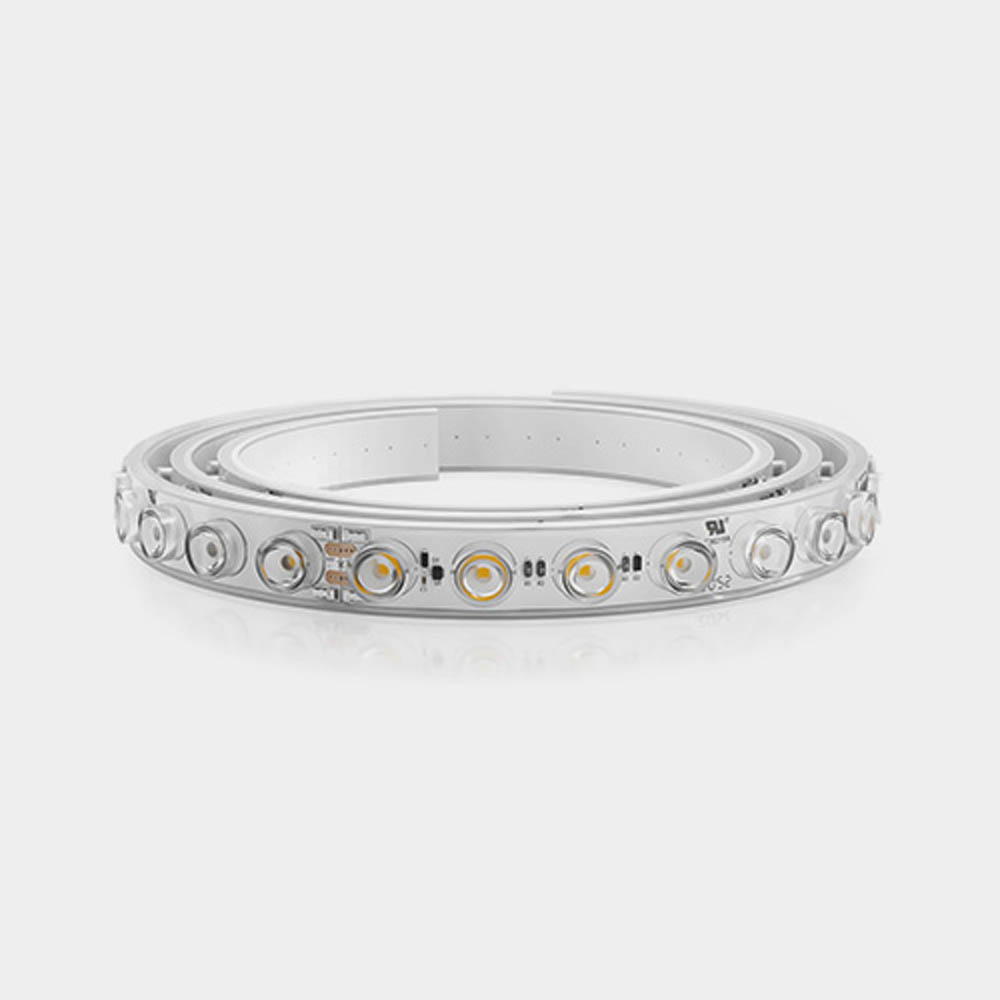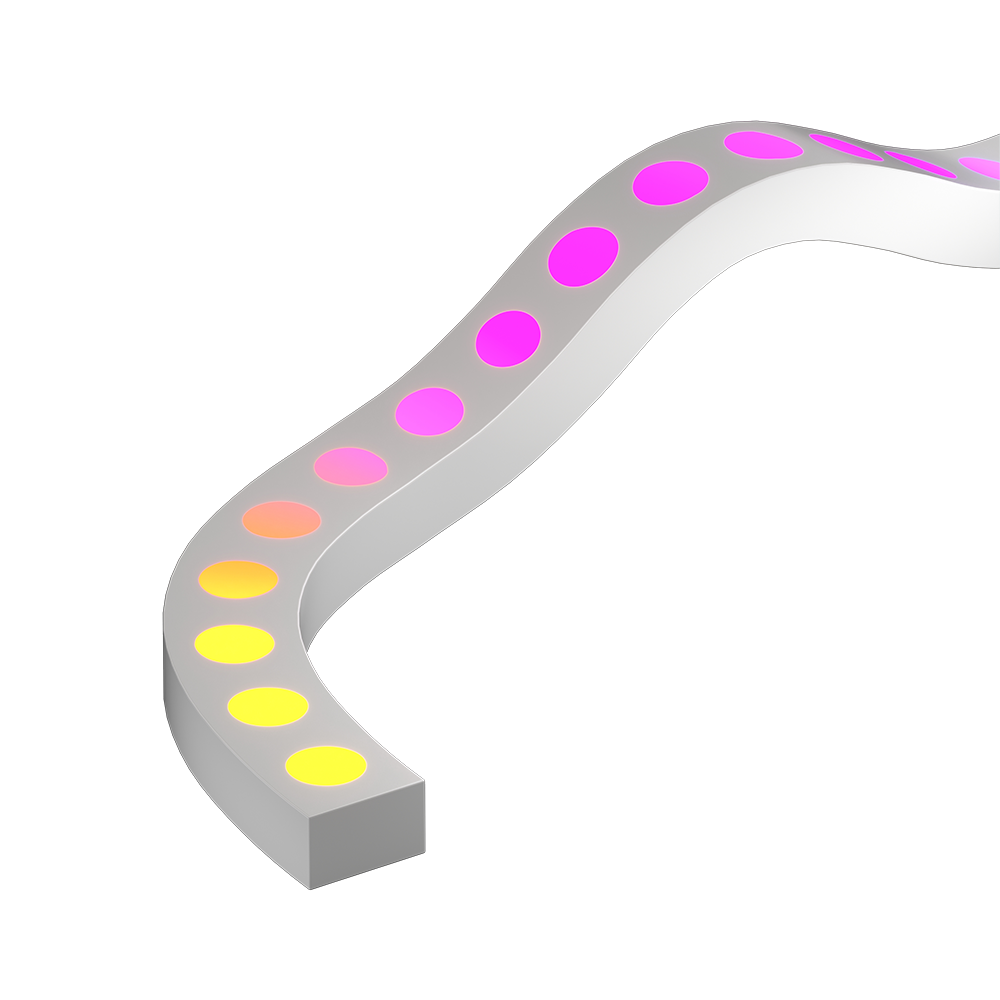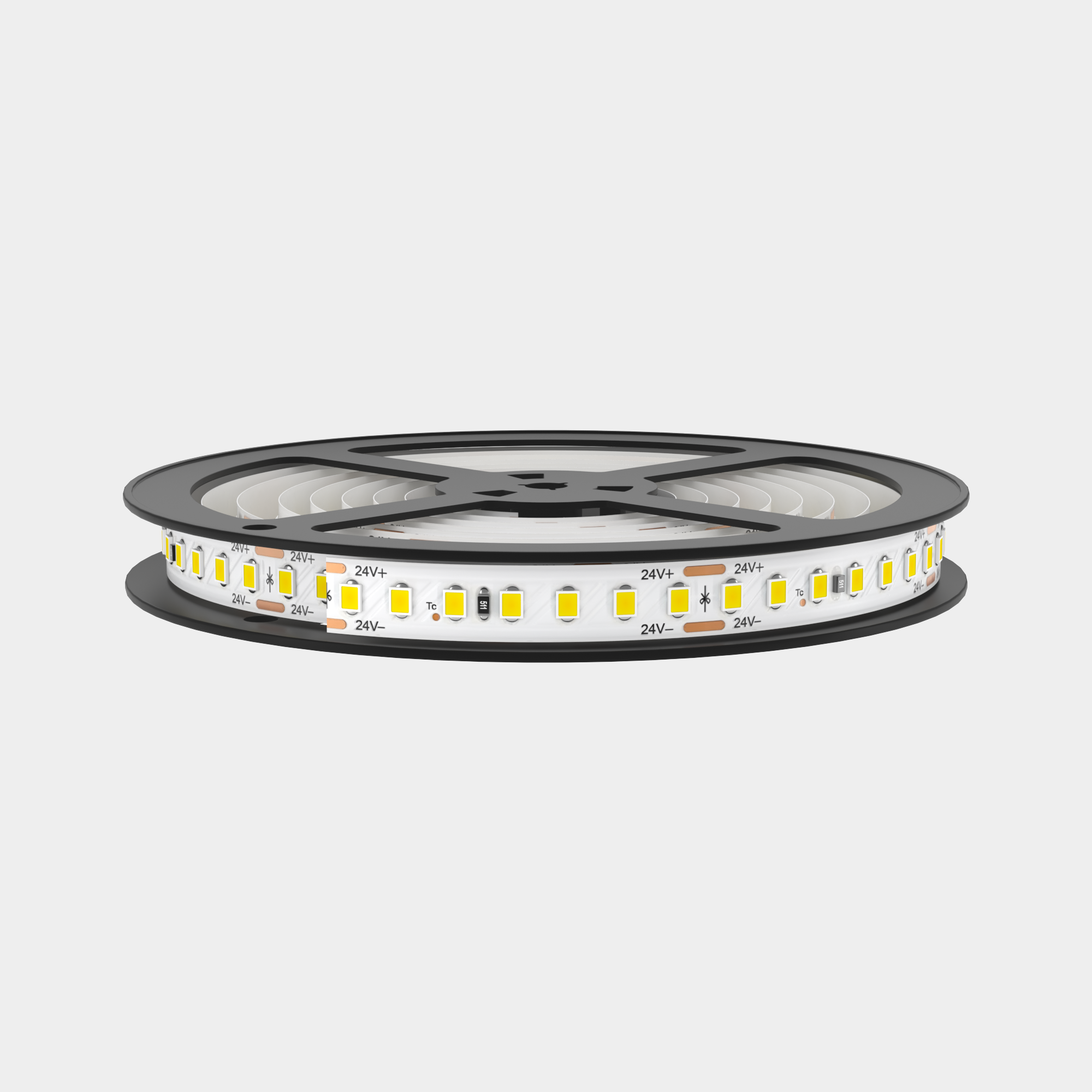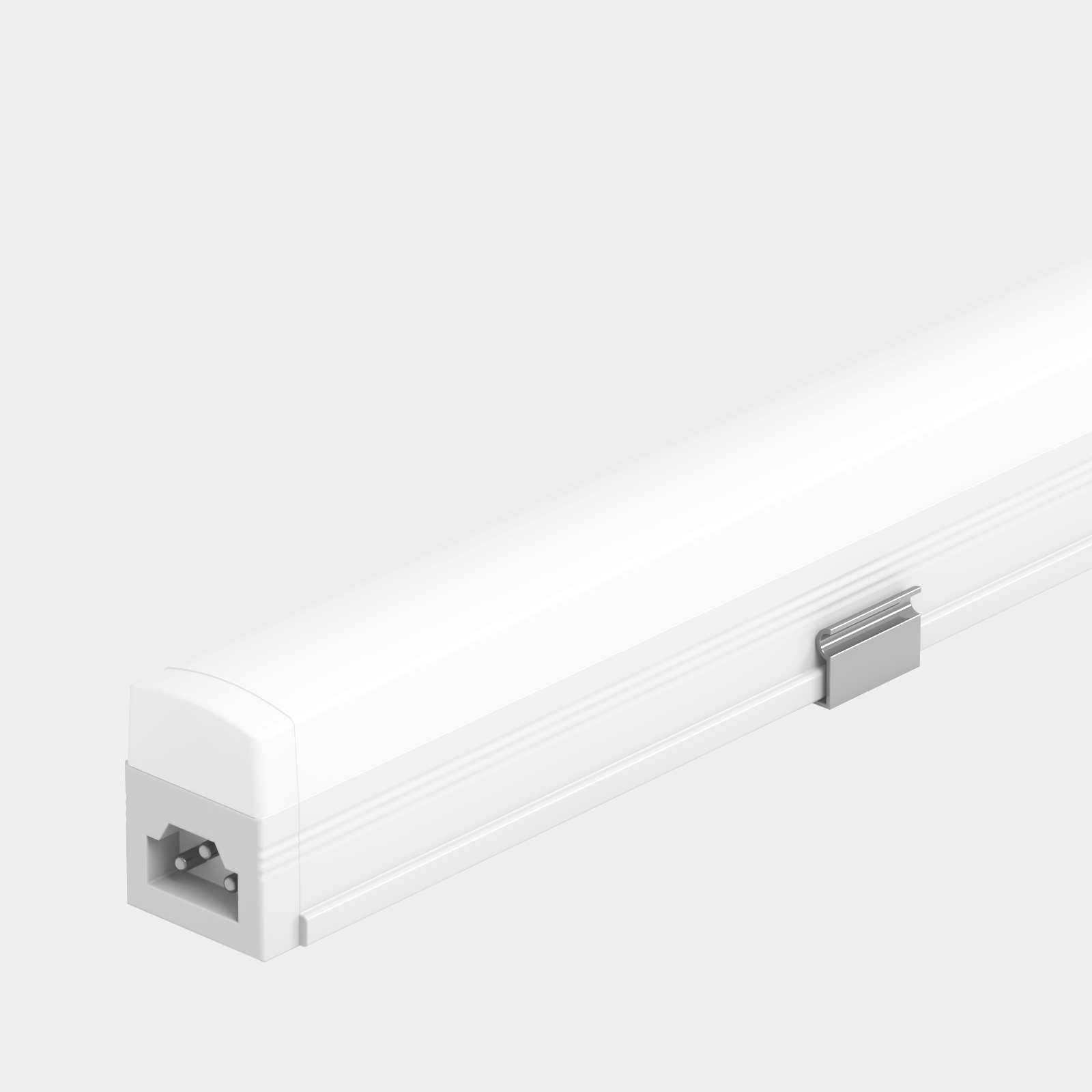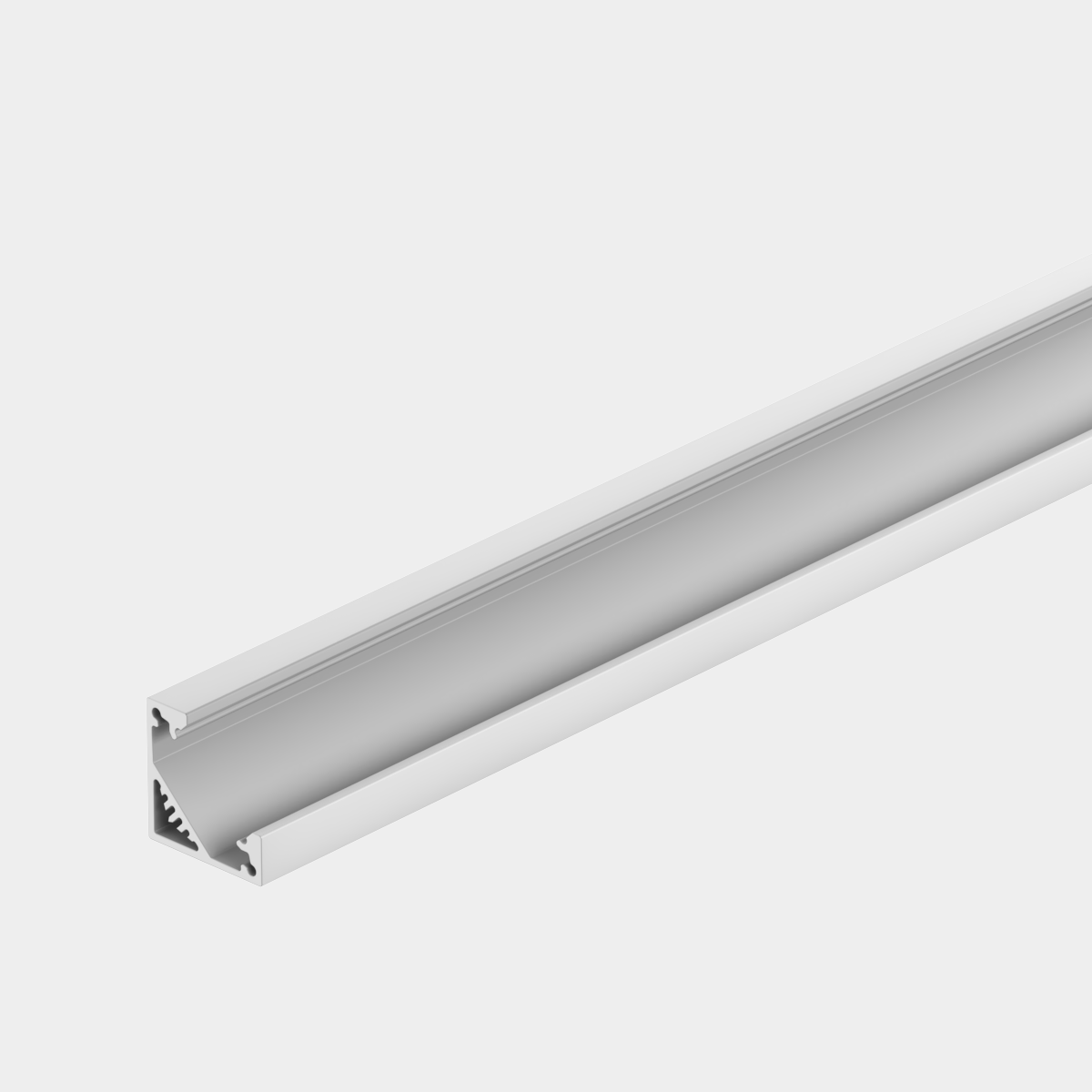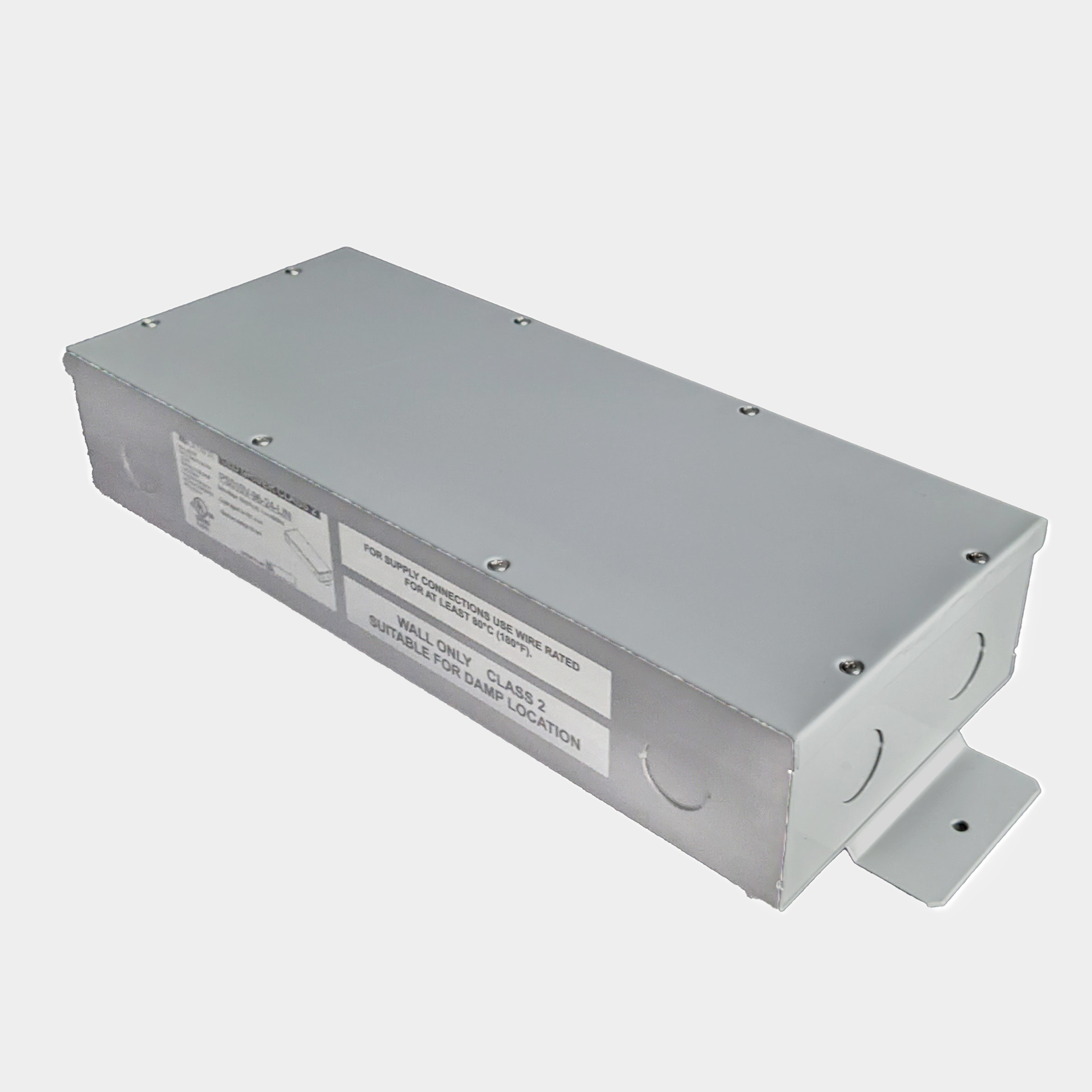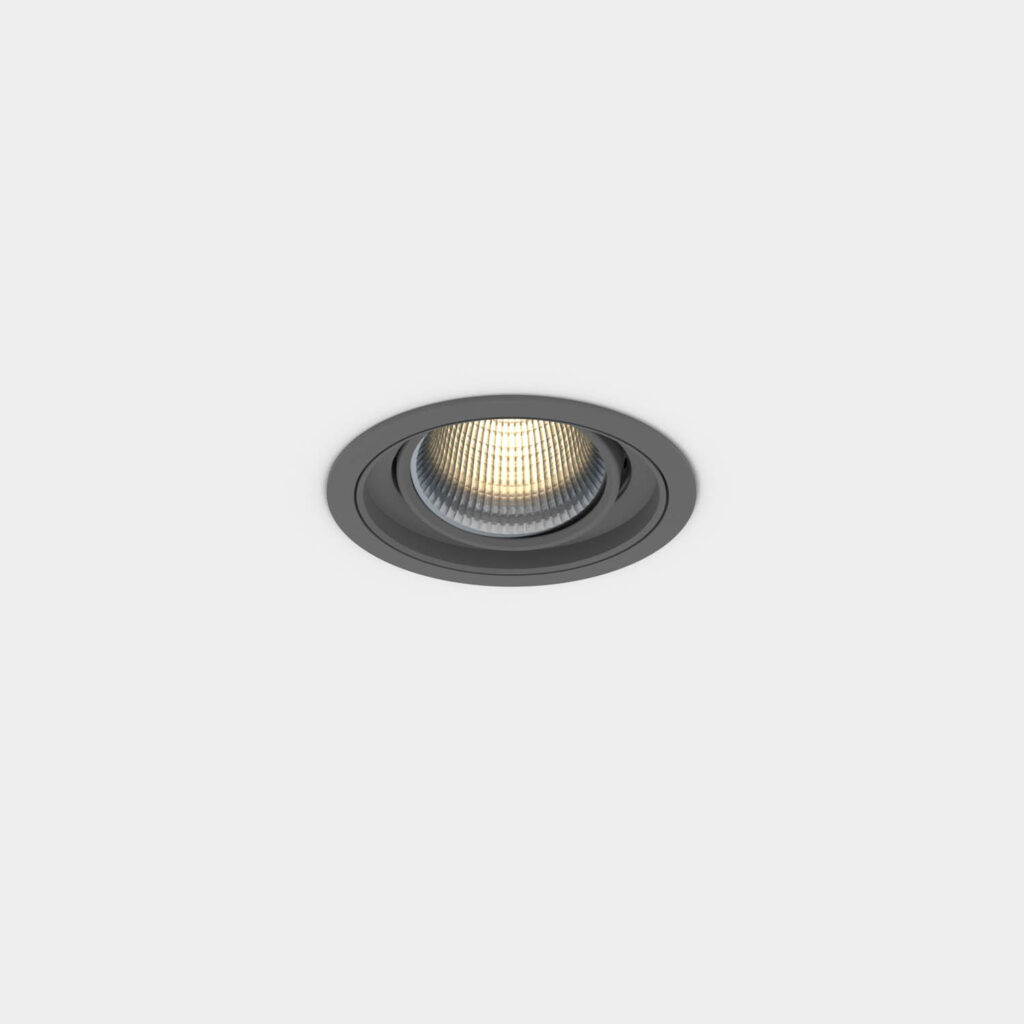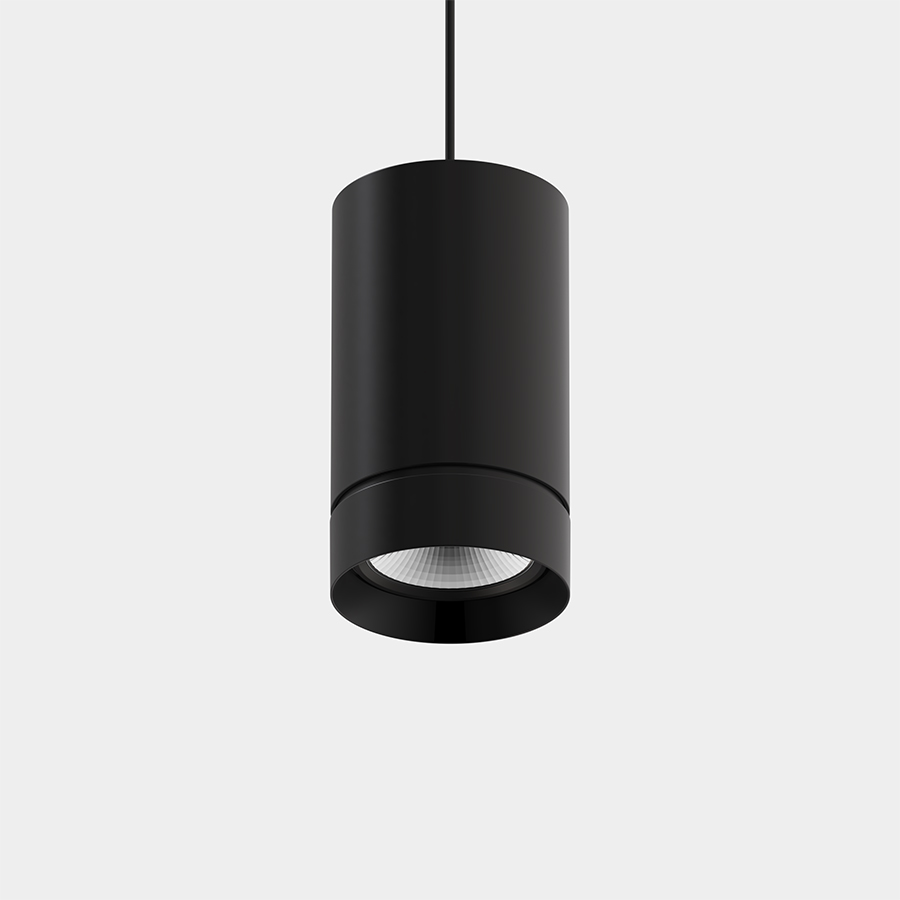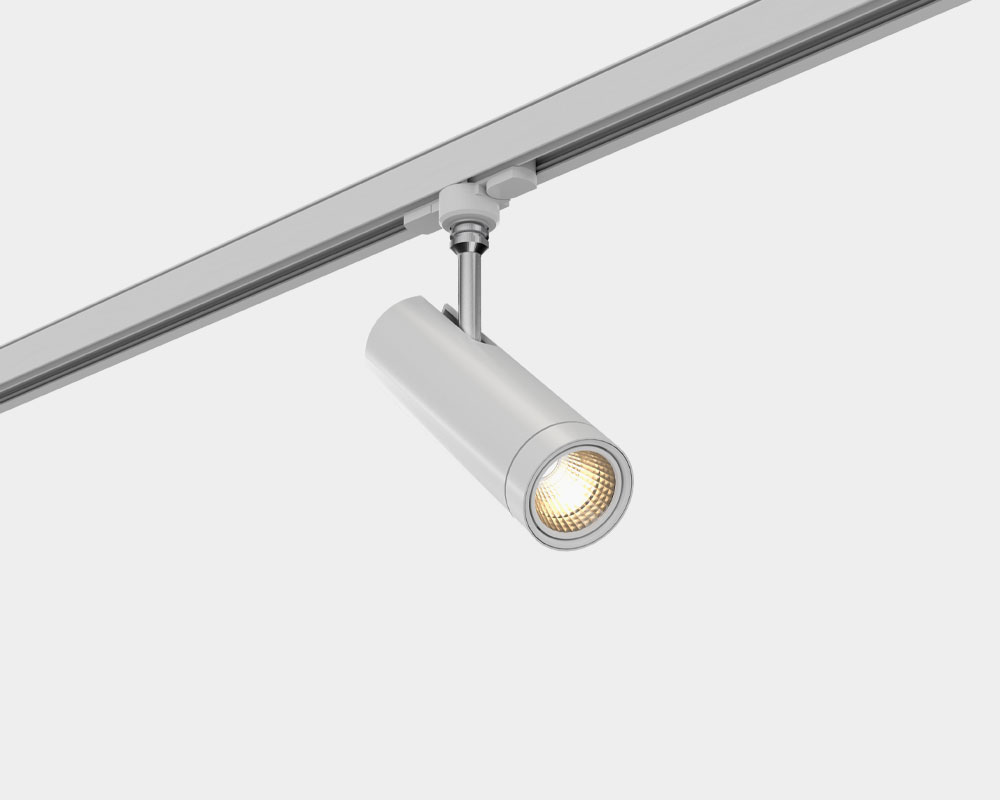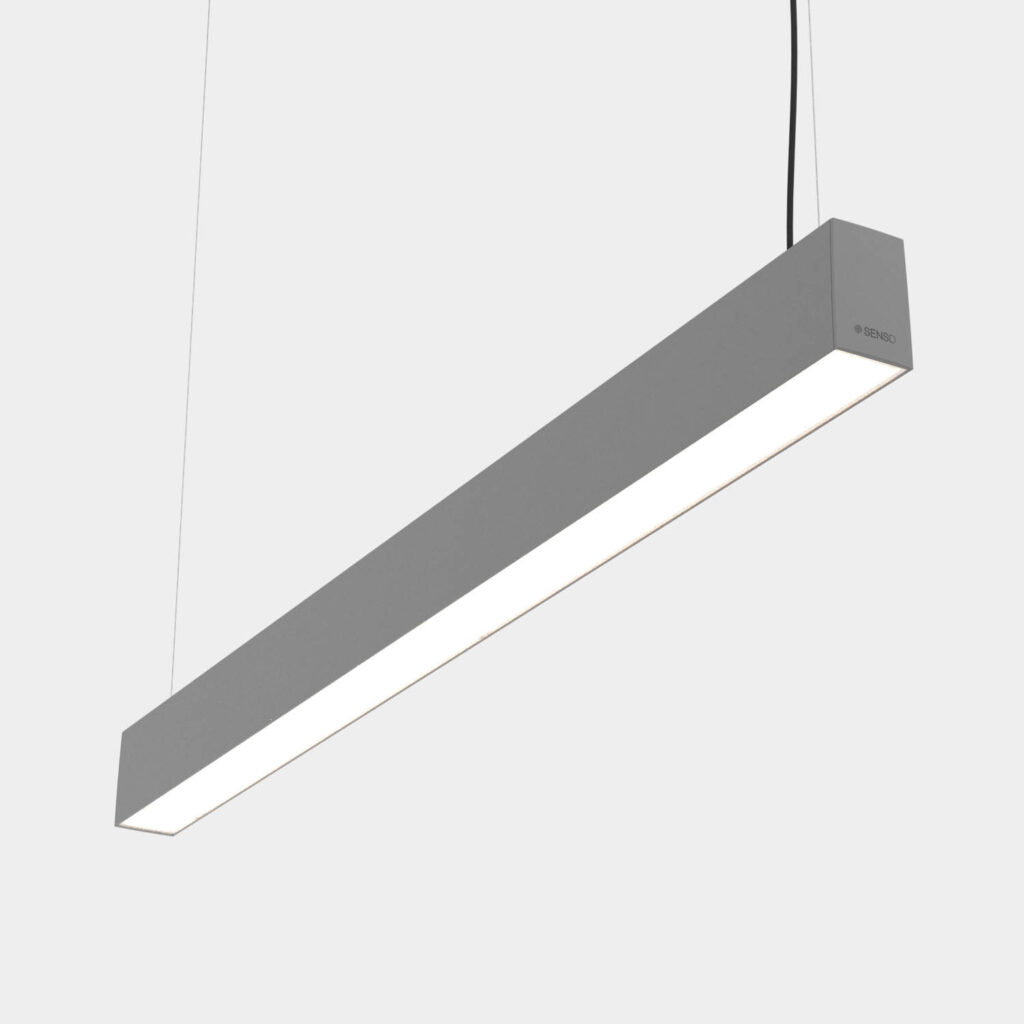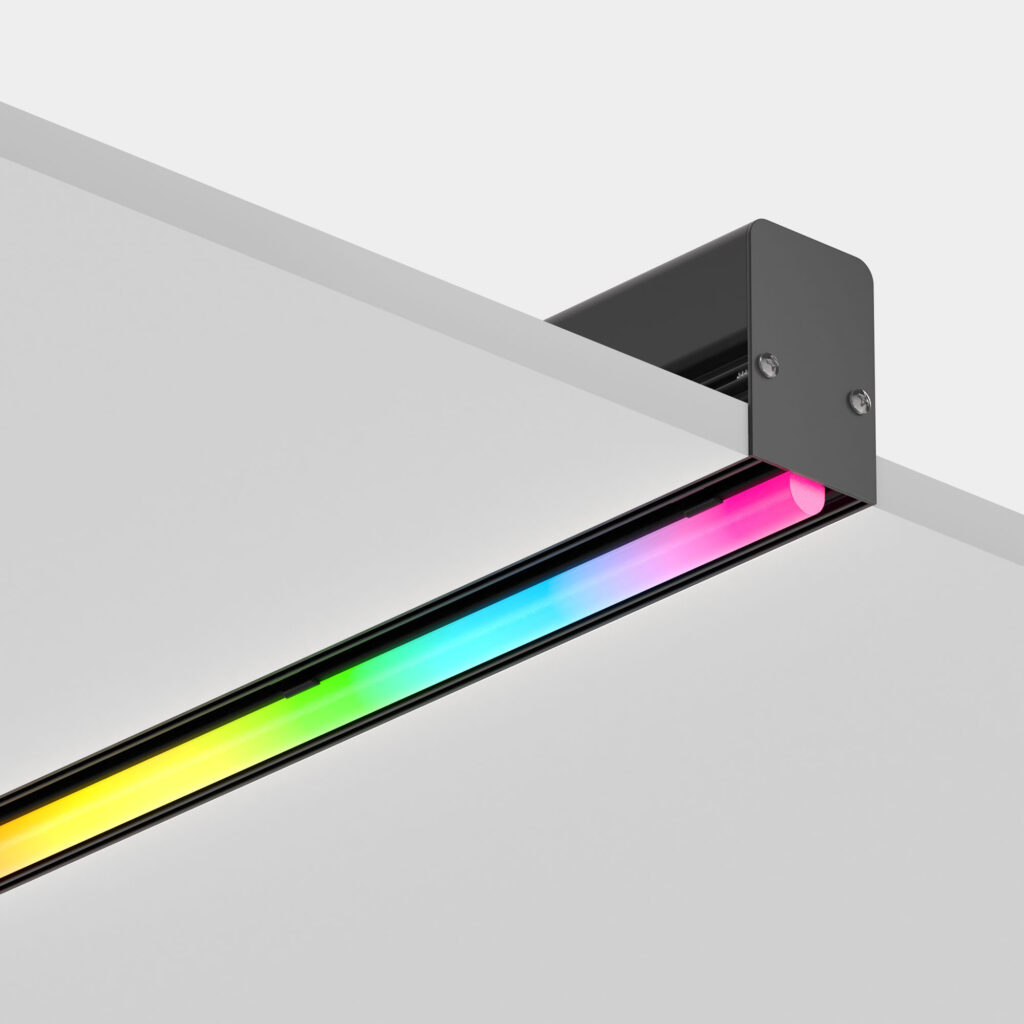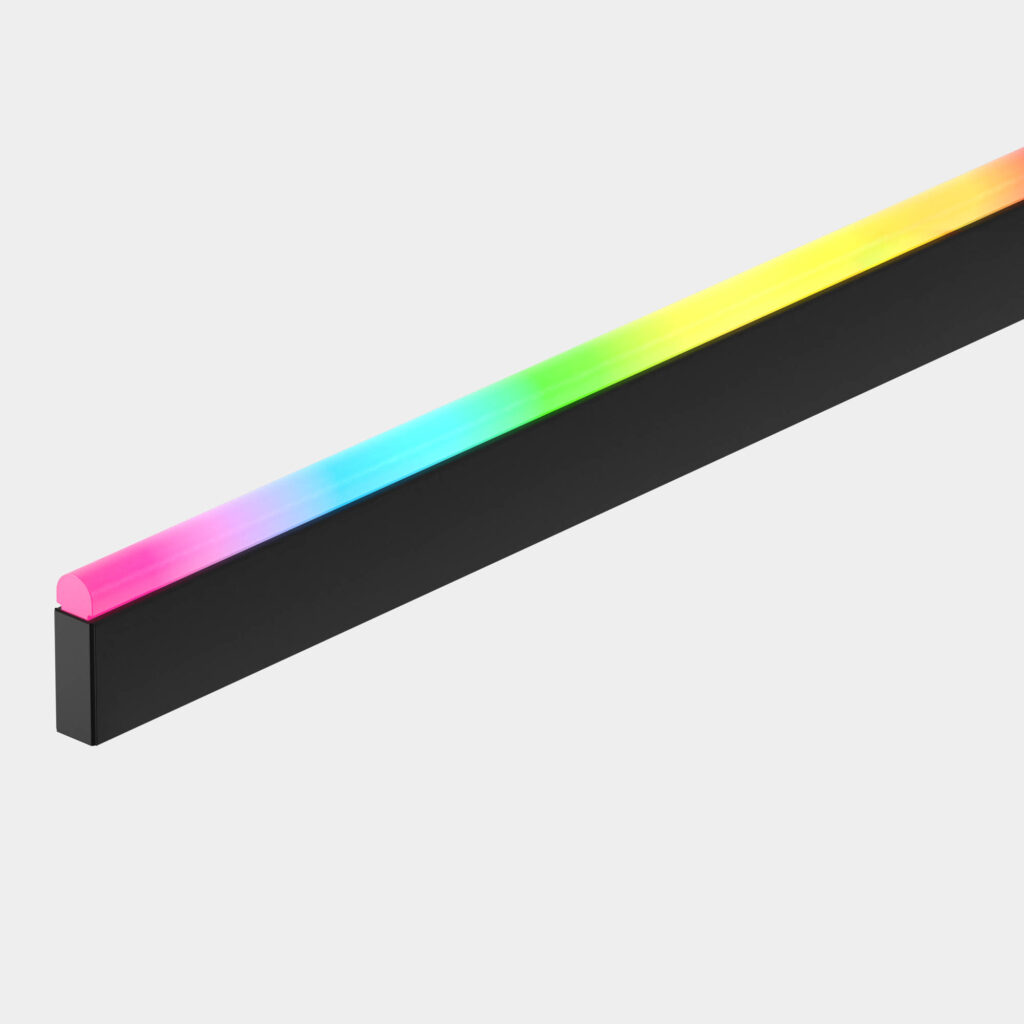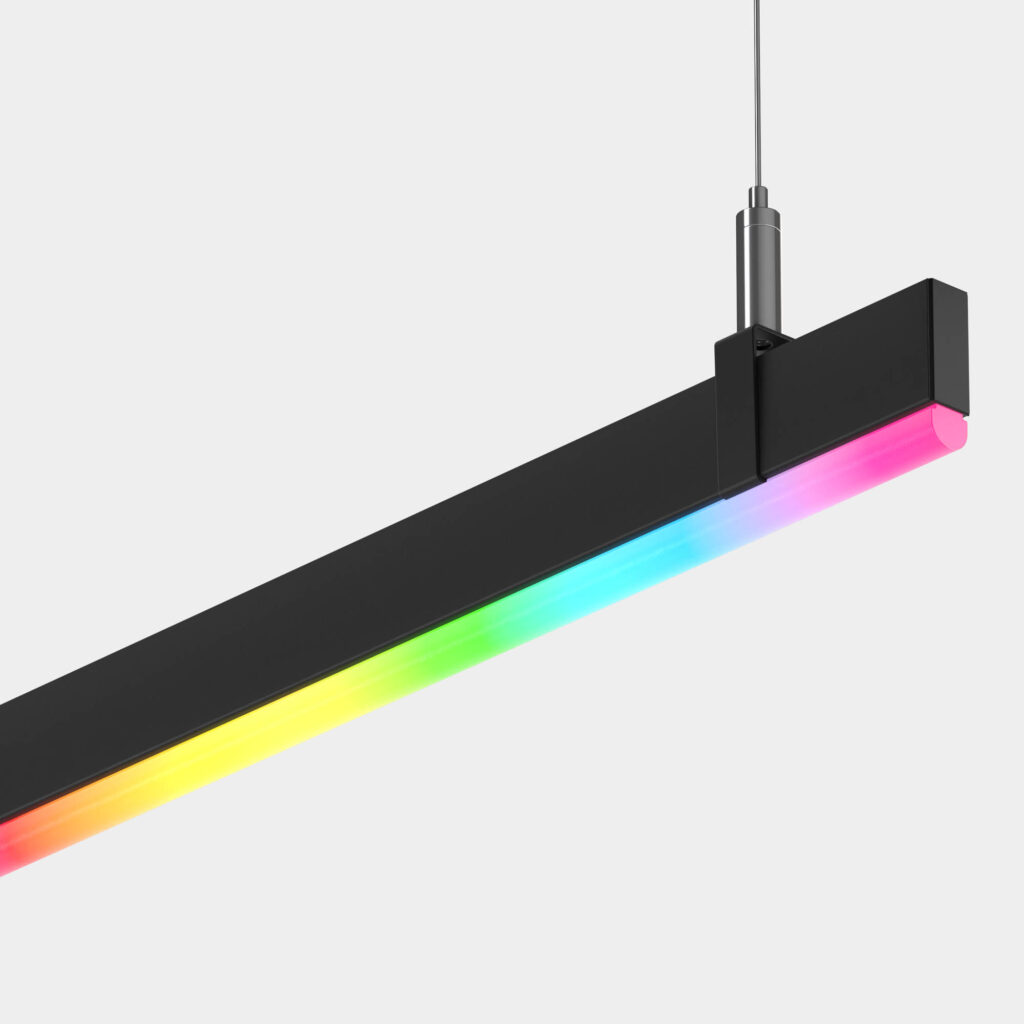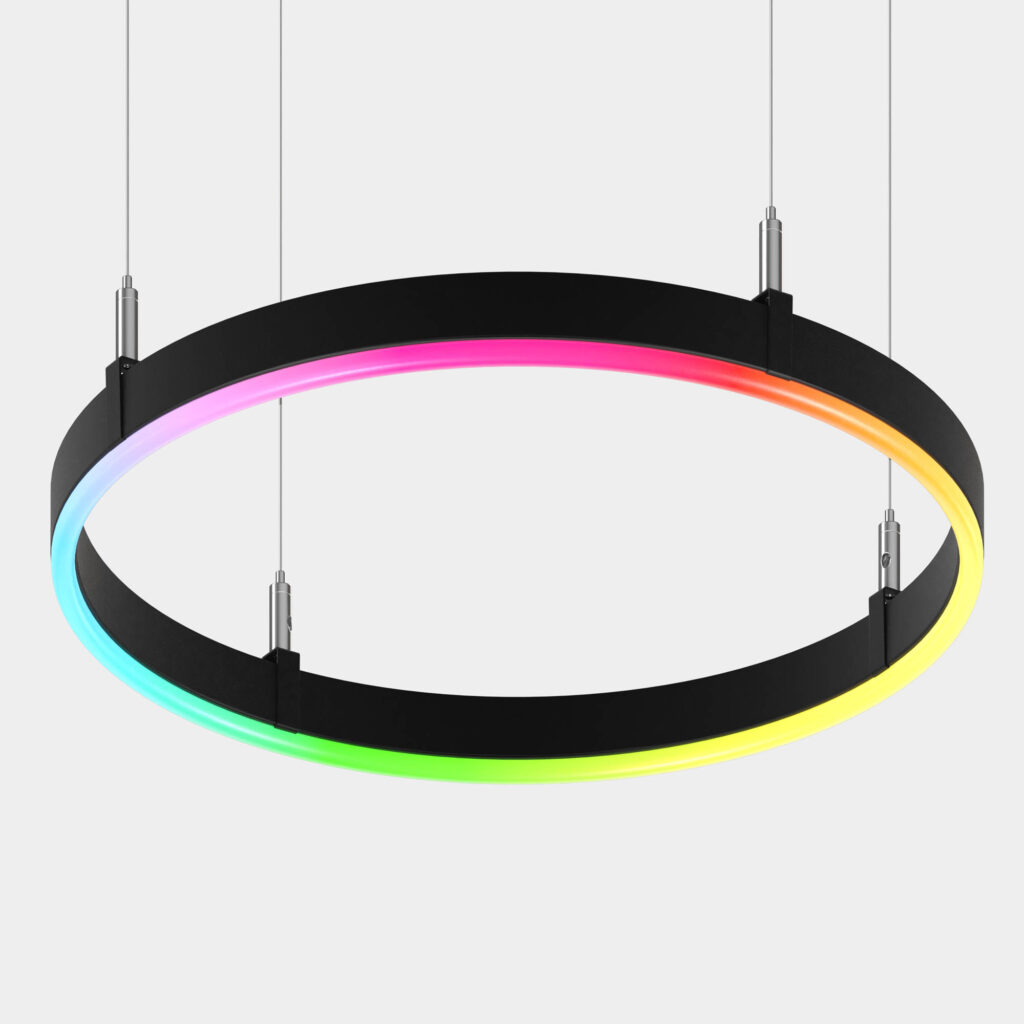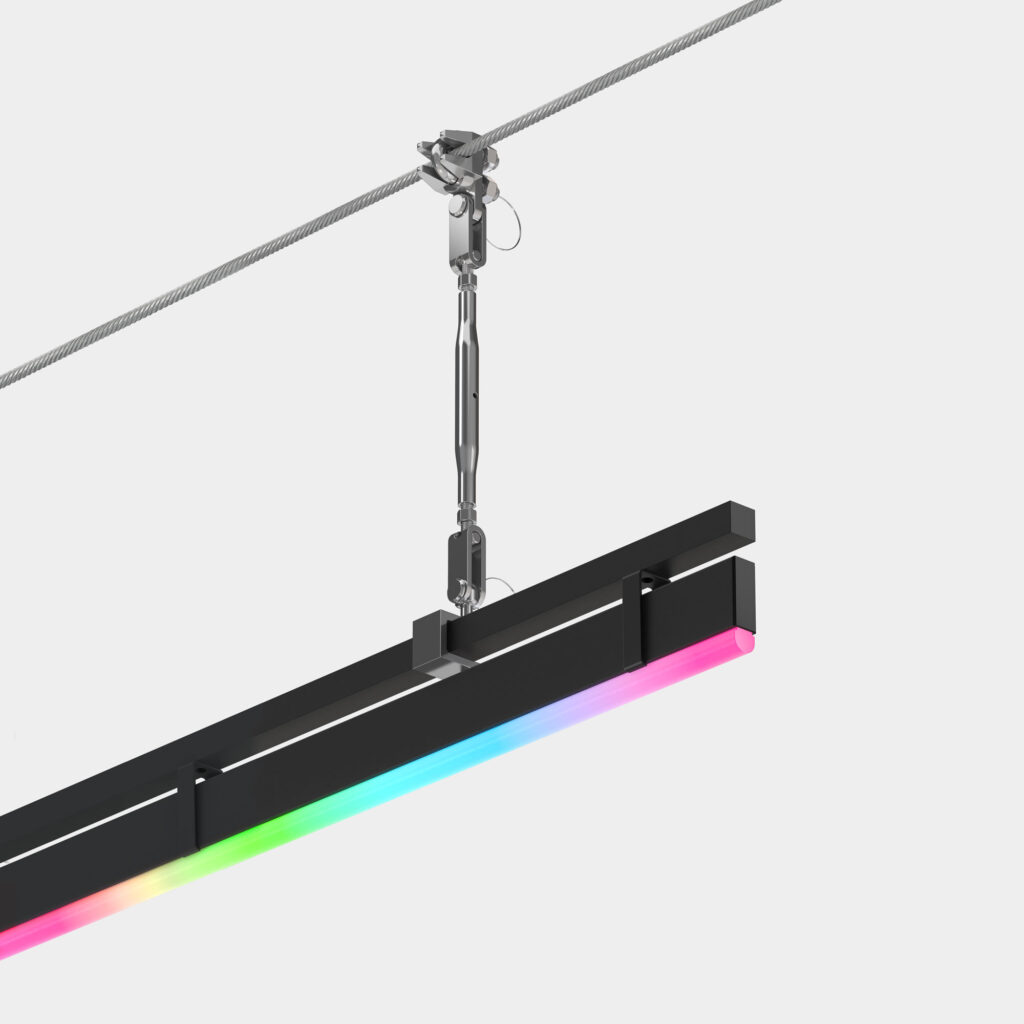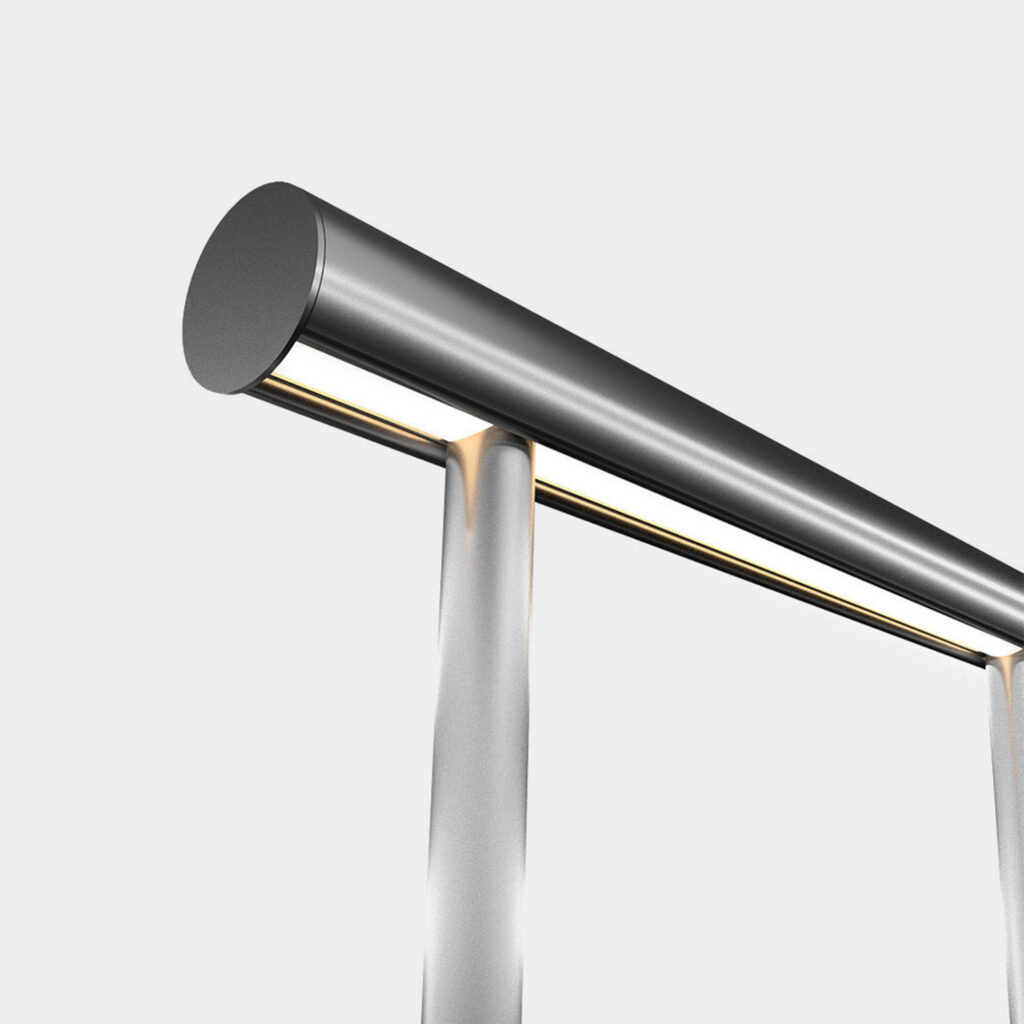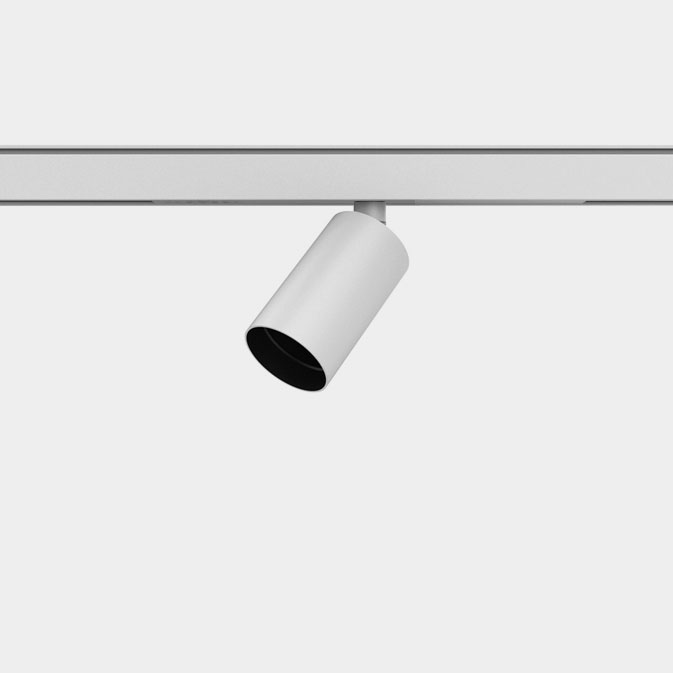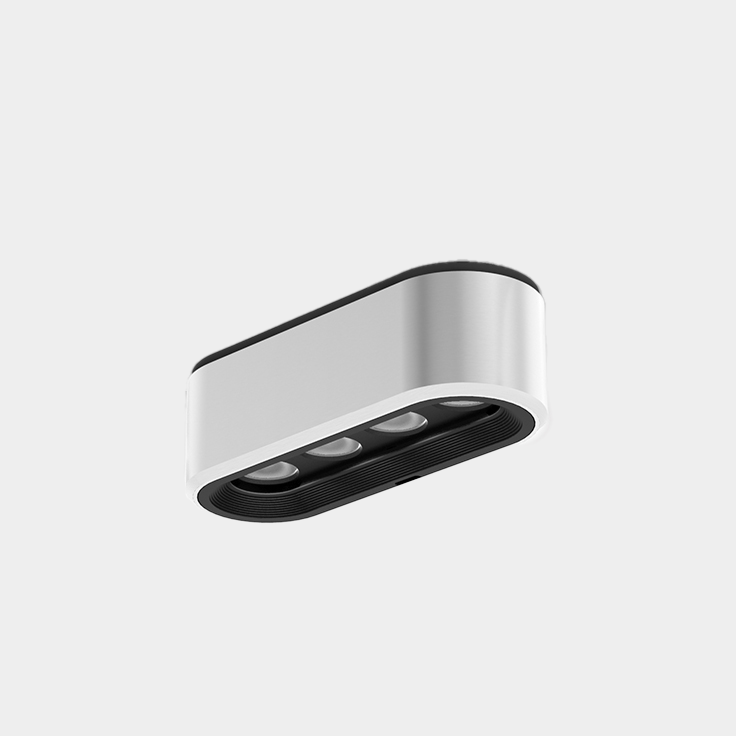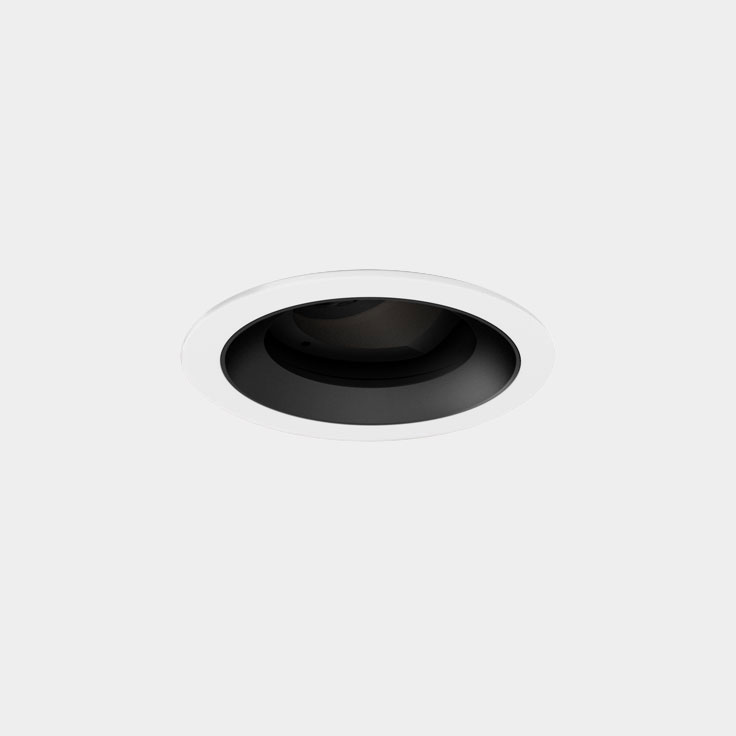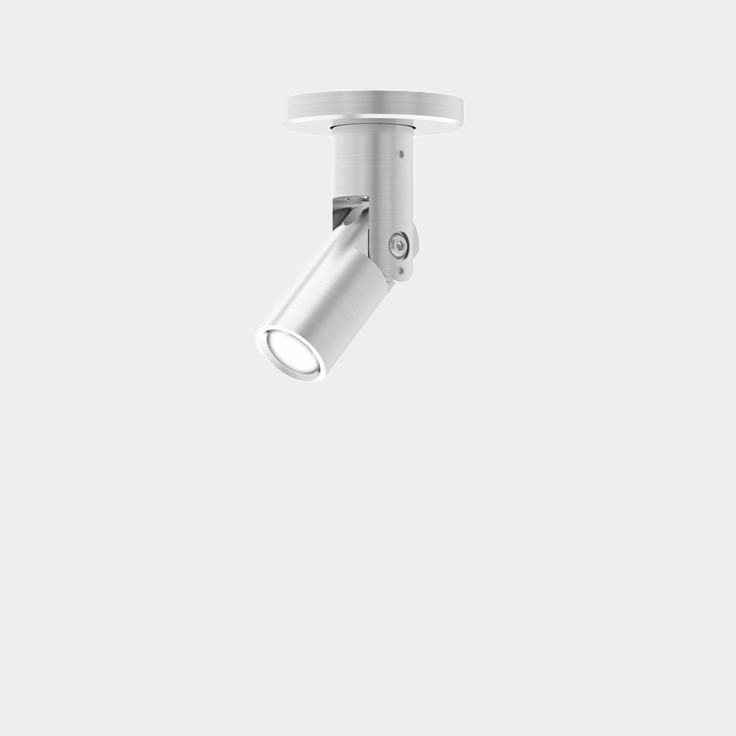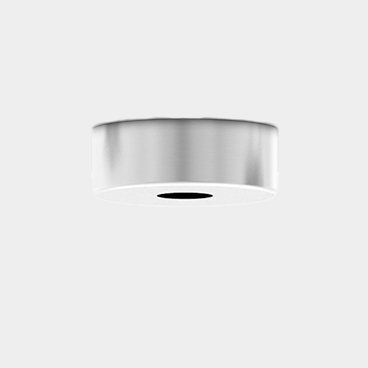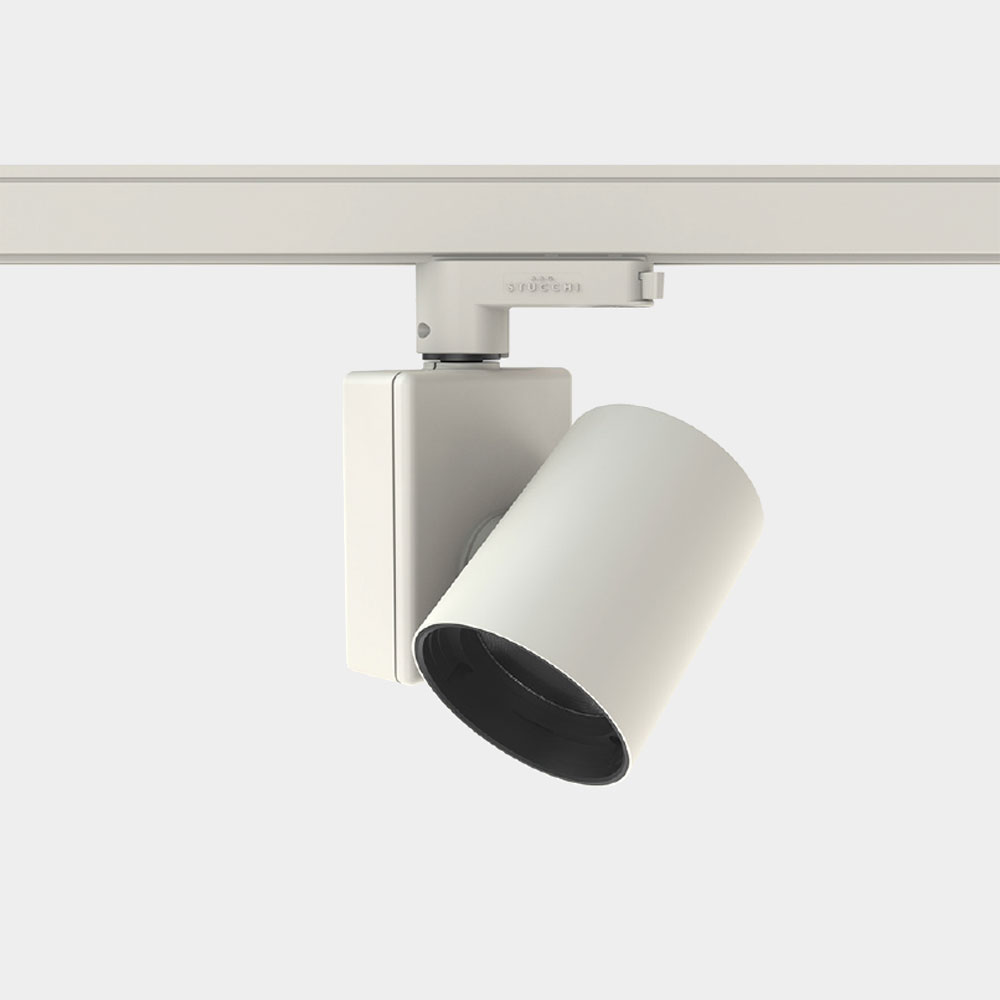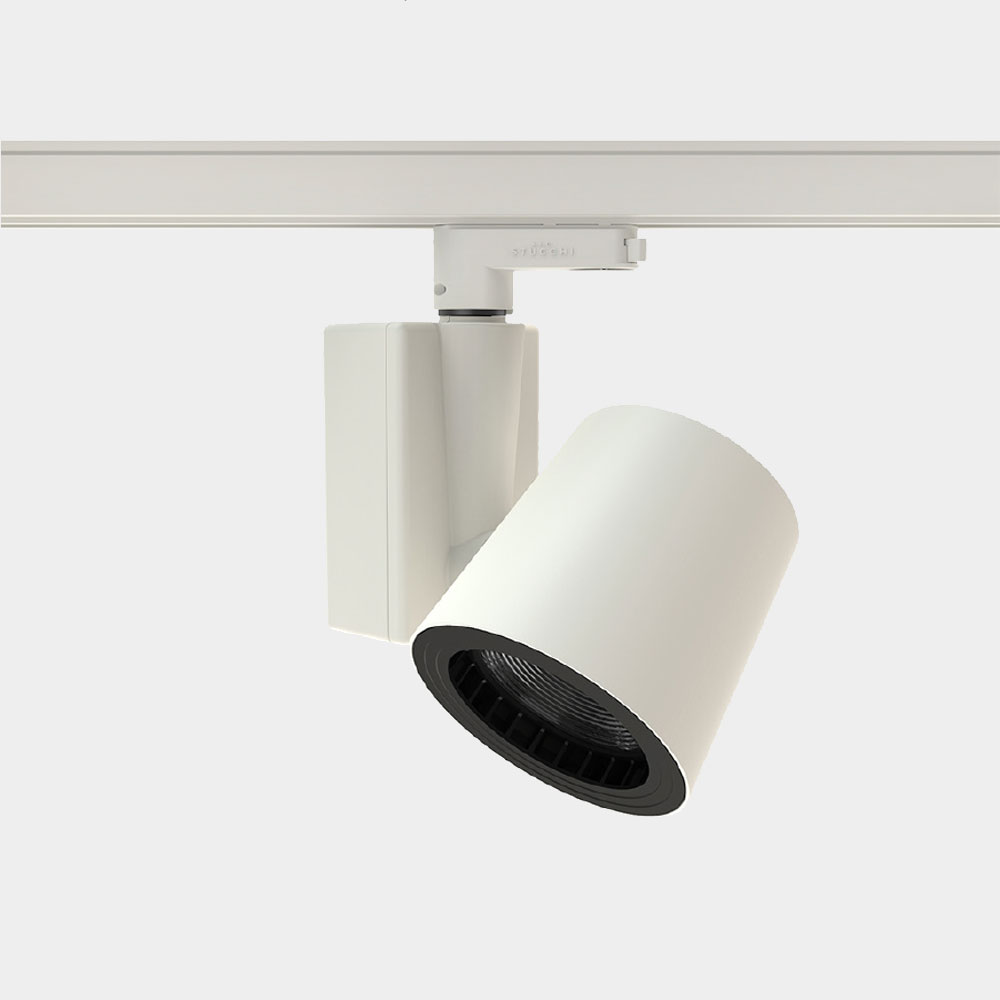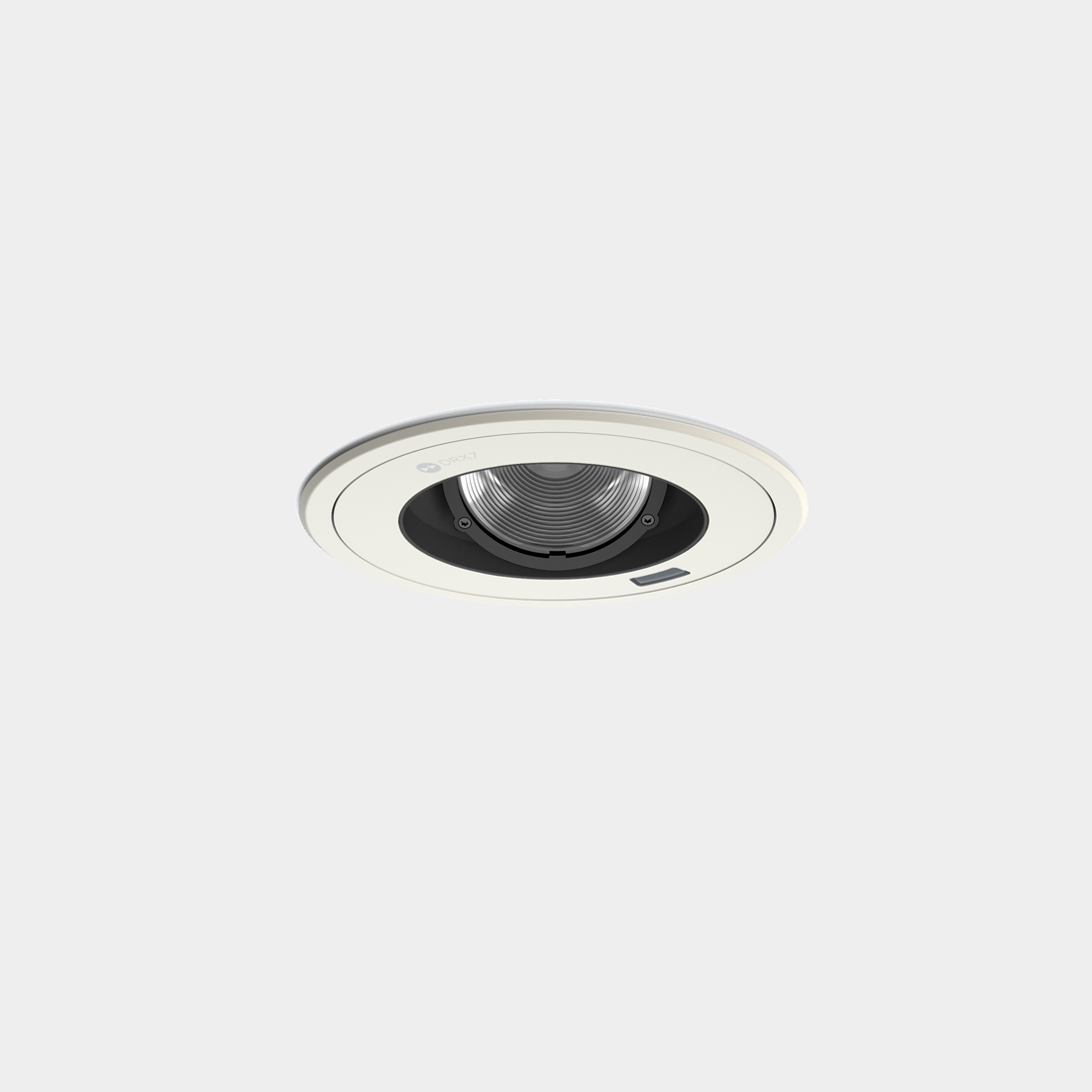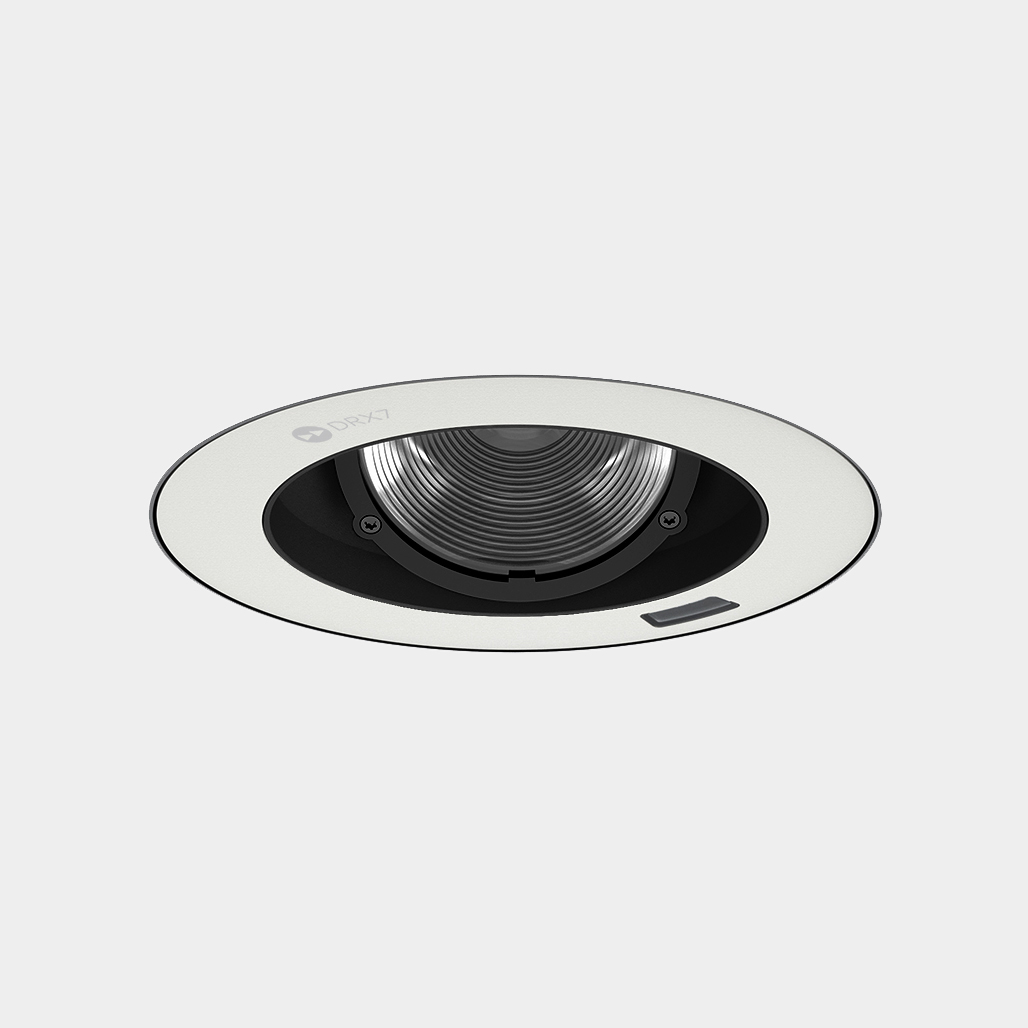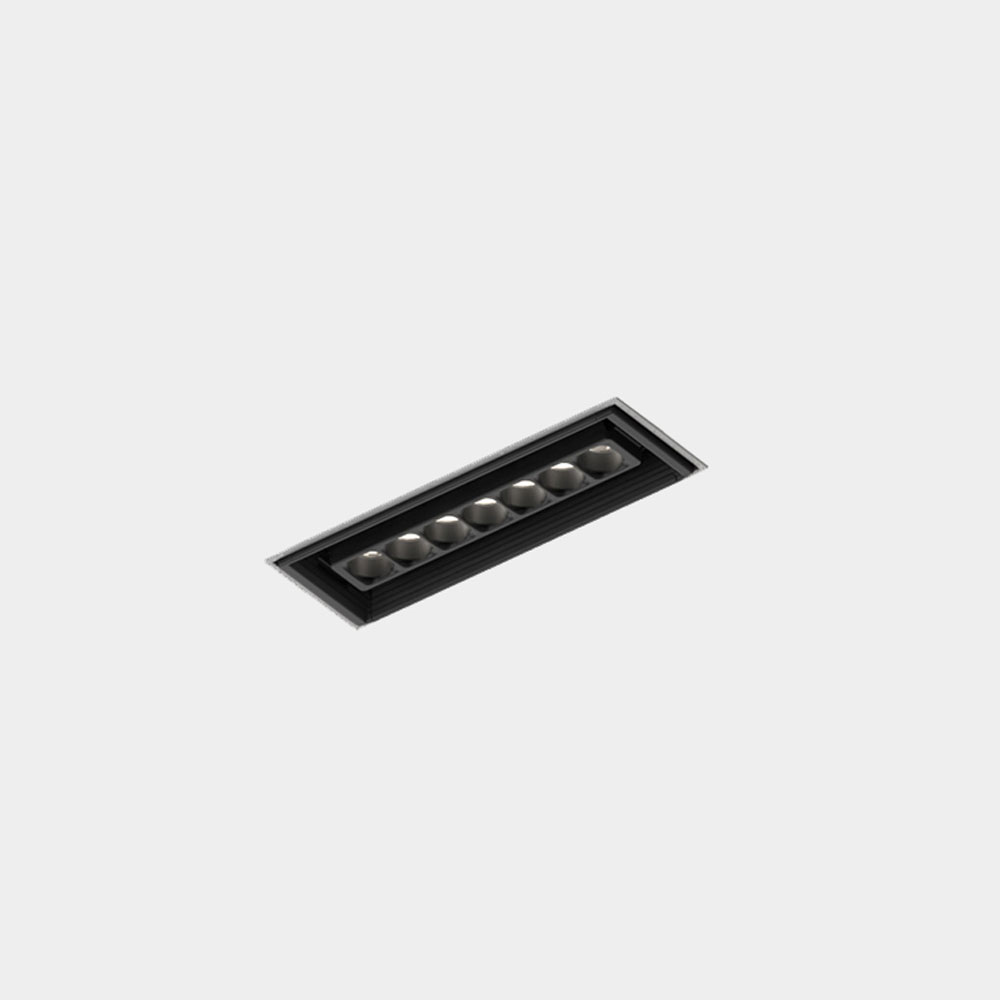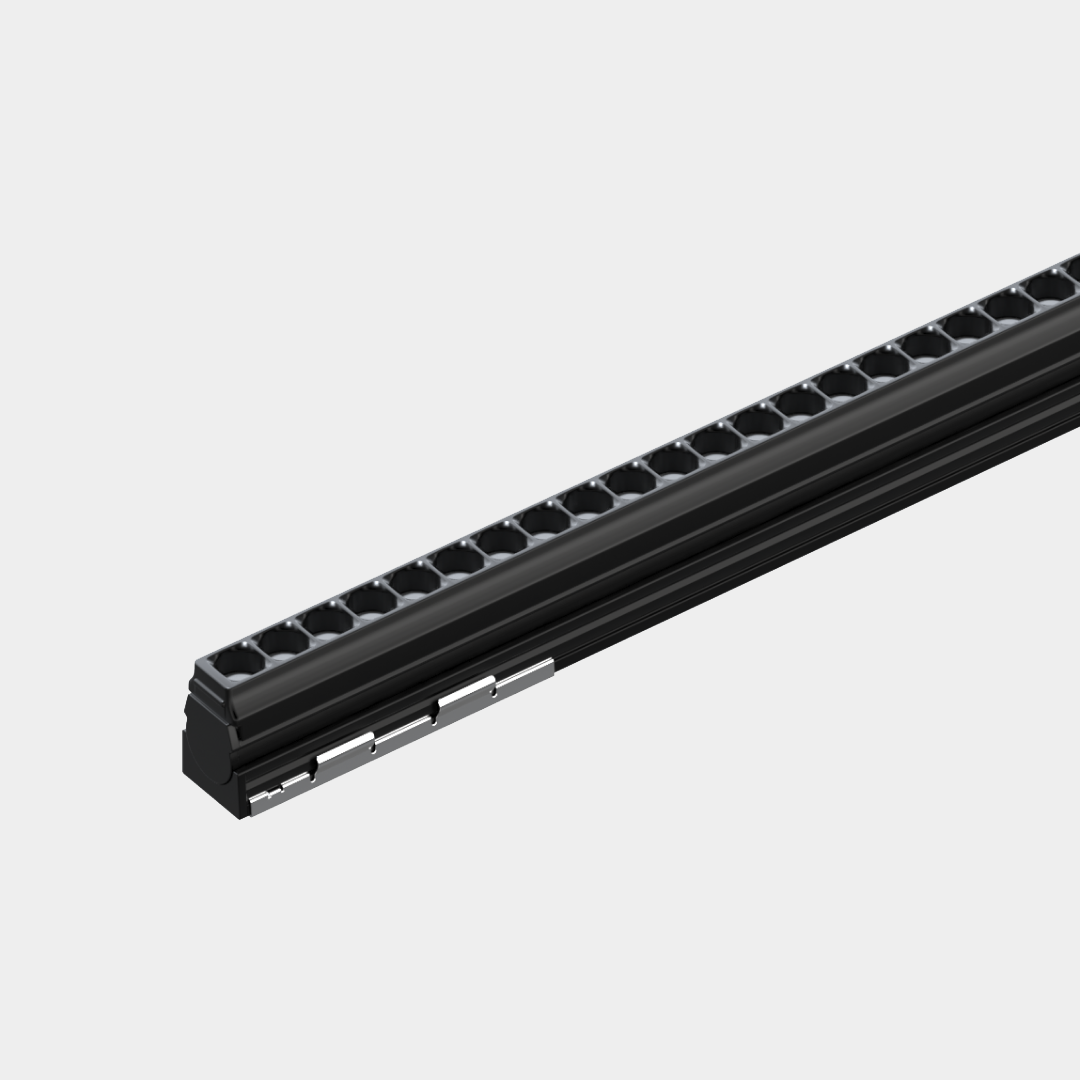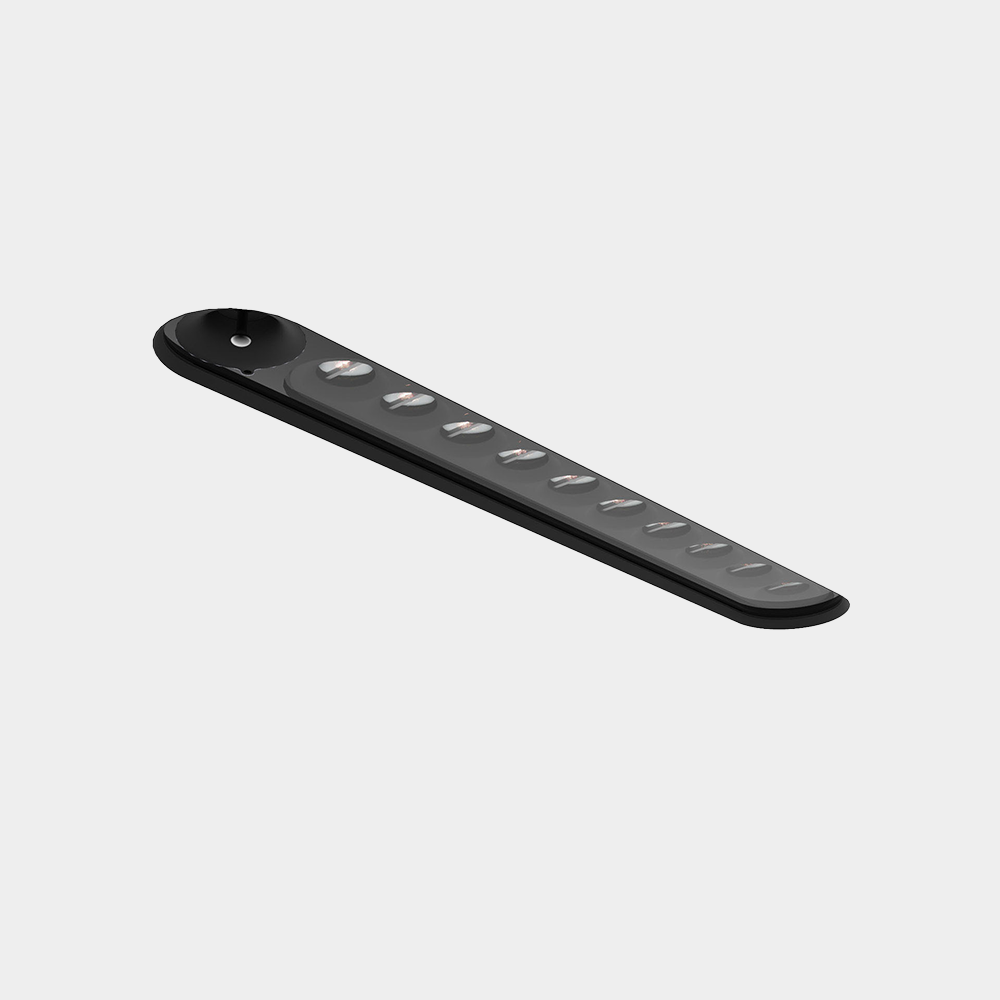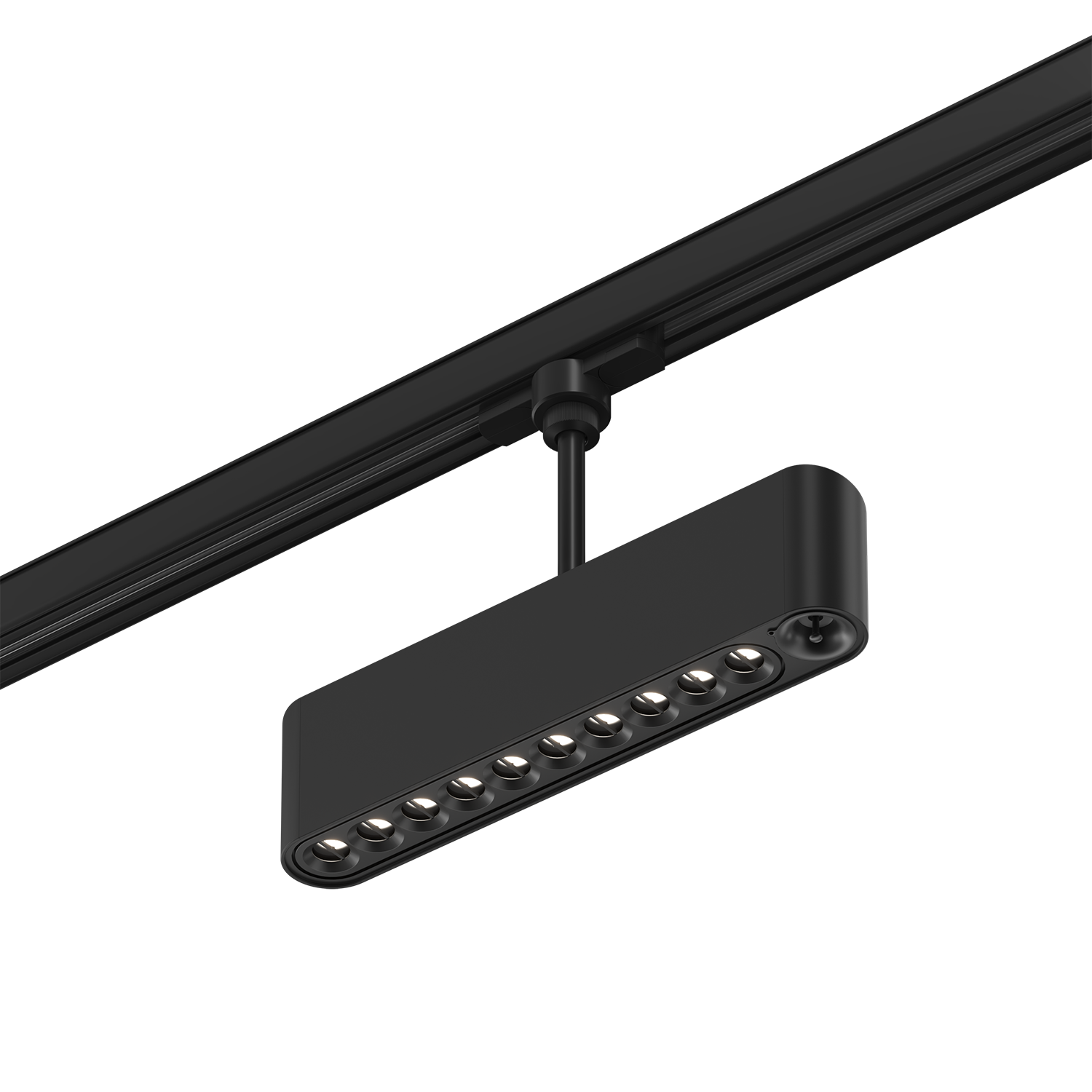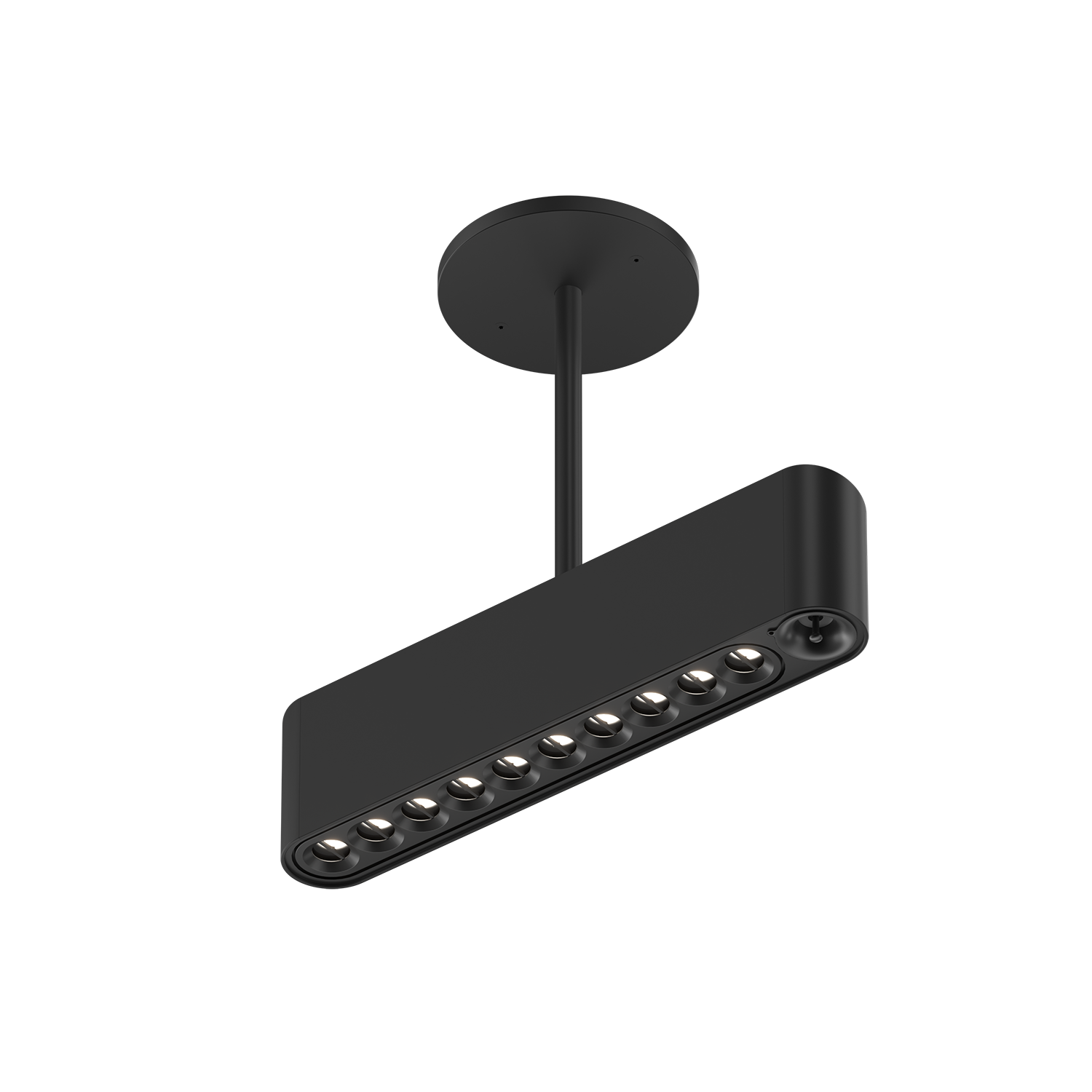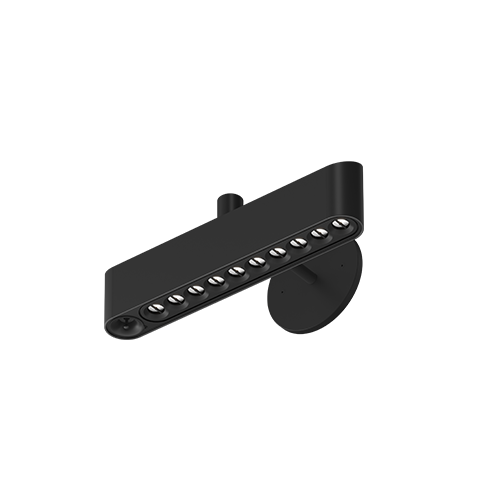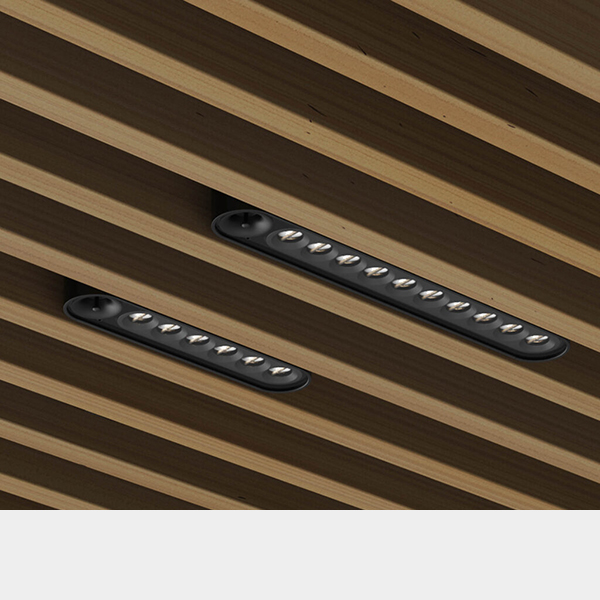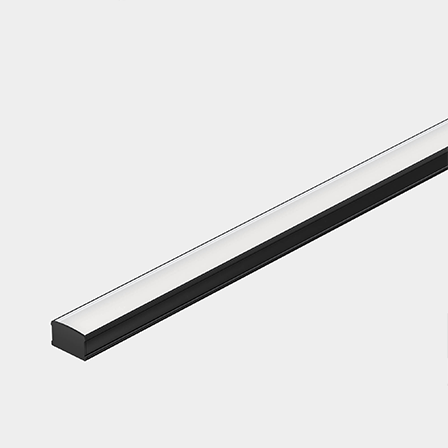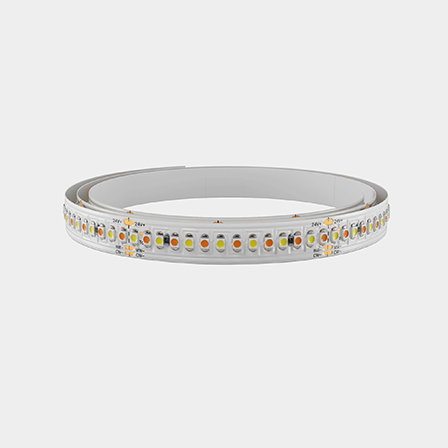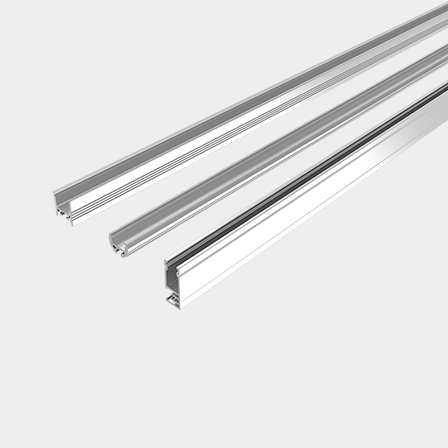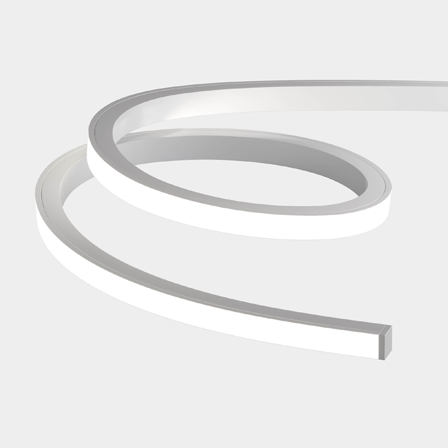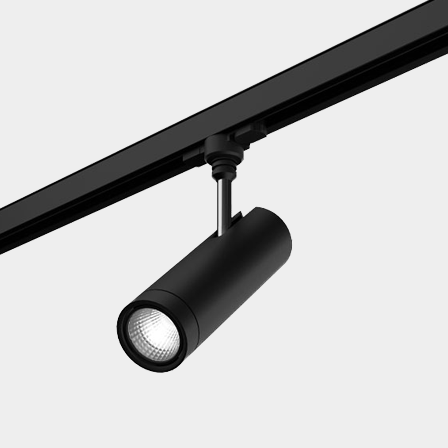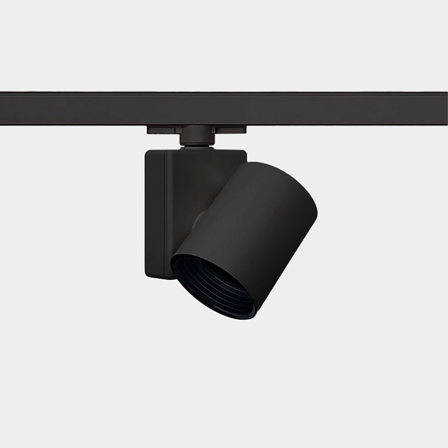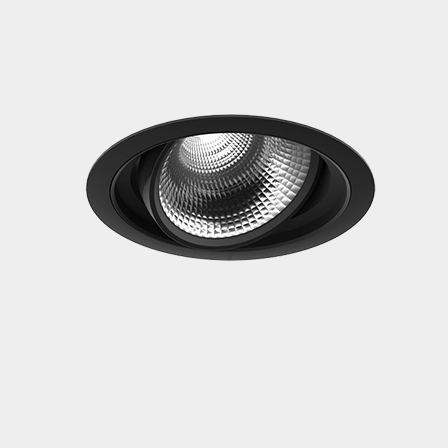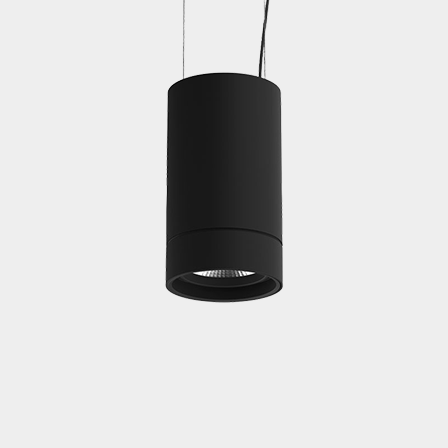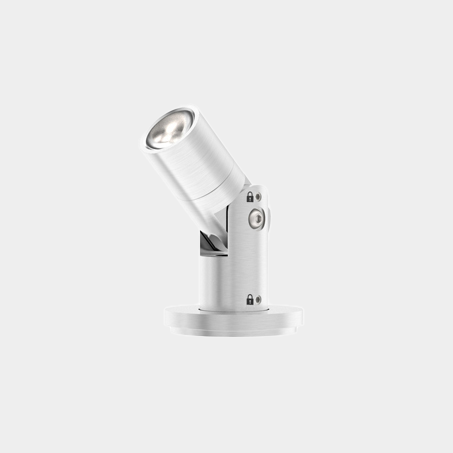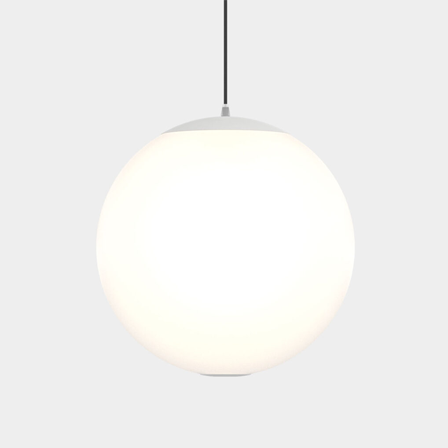iilluminati: Gwen Grossman
Gwen Grossman breaks barriers—and sets new standards—on a daily basis. While running her firm, Gwen Grossman Lighting Design, she empowers women and strengthens their voices in the male-dominated lighting design and architecture sectors. She also illuminates spaces with utmost precision and care to enhance every moment of the customer experience.
With her background in theatrical lighting, Grossman is uniquely positioned to help her clients achieve the exact mood and ambience they desire for their spaces. She sees every project as a stage, and she taps the power of light to guide audiences on where to look and how to feel—whether they’re dining in a restaurant or relaxing at a luxurious airport lounge.
We caught up with Grossman to learn more about her firm and refreshing approach to lighting design. As Grossman says, “I’m not here to just provide light at your desk. That’s not the way I think of things. It’s the totality of the experience.”
Tell us a little about your background. What first drew you to lighting design?
I actually started my career as a theatrical lighting designer. I became interested in lighting in high school through our theater program and eventually studied it at the University of Cincinnati College-Conservatory of Music (CCM). I went through a very specialized program for design and then worked in theater in Chicago for many years before I went back to school at the University of California San Diego, where I got a master’s degree in theatrical lighting.
From there, I moved to New York, and over the course of time, became interested in architectural lighting and design. I completely switched over and moved back to Chicago, which is home for me.
Your firm, Gwen Grossman Lighting Design, is certified as a women-owned small business in Chicago, Cook County and at the national level. Why is that important to you?
It’s really important that women and minorities are represented not only in the lighting industry but also in the architecture field. Construction and architecture are mostly male-dominated. I’ve been in hundreds of meetings where I’m the only woman in the room. It’s important to break down those barriers. As the years have gone on, I’ve seen more and more women enter into the field — not just in interior design, but also lighting design and civil and mechanical engineering. You now see women in all types of areas of architecture and construction, so that’s really refreshing.
When I first went out on my own, I got a lot of questions from architects asking If I had my women-owned business certification. I quickly learned that was going to be a good strategy to build the business since the city of Chicago was required to fill contracts with minority-owned companies. One of my first jobs was Malcolm X College in Chicago. It has definitely been helpful for me to have this certification because I’ve gotten on to proposals and met people that I probably wouldn’t have otherwise.
How did you approach lighting at the United Polaris Lounges? Were you trying to evoke a certain feeling?
Travel is hectic. At airports, food courts tend to be over-lit and very bright, and then there’s no place to relax. The United Polaris Lounges were really meant to take you completely out of that zone and bring you into a space that feels almost like a high-end hotel or high-end residential building. You are in warmer light and you had softness around you, whether that’s through decorative fixtures or cove details. We used Luminii for a lot of indirect lighting to create a very soft atmosphere. We didn’t want lighting coming directly down on people, which would’ve created a harsher feeling.
My firm worked with the architecture firm SCB on each of the lounges. We created scenes for different times of day. We obviously had daylight and then there were separate scenes as dusk turned into evening. The light levels came down.
The design has evolved over time, but each lounge was similar in terms of which amenities were offered. There was food service; there were showers. There were resting rooms, phone rooms, places to work and places to relax. Each lounge has a completely different layout, so some elements were the same from lounge to lounge, but there were definitely things that evolved over the years.
You’ve used Luminii products for more than a decade. What first drew you to the company and its products?
I work with Luminii on almost every project we do. Luminii is from Chicago, and I believe in supporting local companies. I know the owner of Luminii and a lot of the people who work there. I’ve always known that if I needed assistance, they’d be available to come to job sites for me, and that’s something the company has done many times.
Luminii products are excellent. I’ve honestly never had a single problem. They ship on time, and they offer the variety that we need. A lot of projects require curved coves, and Luminii offers a curved fixture that works there. They have a tight grazer-type fixture that we used on a couple applications with a tighter beam, and there is a great variety of different color temperatures.
Luminii is a family-owned business, and that’s important to me. They understand designers. They know why we need specific color temperatures and understand the reasoning behind our selections.
Your firm has worked with a variety of clients, from restaurants to corporations to educational institutions. Can you tell us about some of your recent projects?
I work with Cameron Mitchell Restaurants nationally, and we recently finished work on Ocean Prime in Chicago. It’s a high-end steak and seafood restaurant on the second floor of LondonHouse Chicago. We used Luminii LED strips throughout the space. Because of their size and adaptability, we were able to integrate lighting into a lot of shelf and bar details to highlight liquor bottles, sculptures and artistic knickknacks.
We opted for very warm and very saturated colors, so we used a lot of Luminii’s different color temperature options, down to 2400K in some of the light strips. That just gave the space a high-end and traditional feeling of warmth.
We also completed a corporate interior design for ShopperTrak in Chicago. We used Luminii products to create a series of lightbox fixtures that represent the flags of the world. As you entered the building, we had these long linear lights that gave the space a rhythm and created a grand entrance. We used mini-strips to backlight acrylics to represent each flag.
How would you describe your style as a lighting designer?
My aesthetic is very clean and responsive to the architecture. I respond extremely well to clients’ needs, and I think I have an innate talent for understanding not only the architecture but also how a space should feel. My background in theater and drama gives me a unique perspective that you won’t necessarily find in people who studied interior design or engineering. With theater, you’re setting a mood with lighting. We’re there to show the audience where to look and how to feel. I approach architecture in the same way. When I’m designing a space, I think of it as a stage, essentially.
When you go into a nice restaurant, it’s not just beautiful lighting that creates the atmosphere. It’s the lines on the table. It’s the way waiters serve you. It’s how people speak to you, how your drink is presented. I look at all of the components coming together to create unity. I don’t just look at individual art and pieces. I’m not here to just provide light at your desk. That’s not the way I think of things. It’s the totality of the experience.
Air travel can be hectic and tiresome. When you step into a United Polaris Lounge, however, you’re transported from a conventional airport to an ultra-chic lounge, five-star restaurant and luxury hotel. Stylish and highly functional spaces allow United Airlines’ premier international travelers to take care of last-minute business, savor chef-prepared meals and enjoy quality rest before their next adventure.


